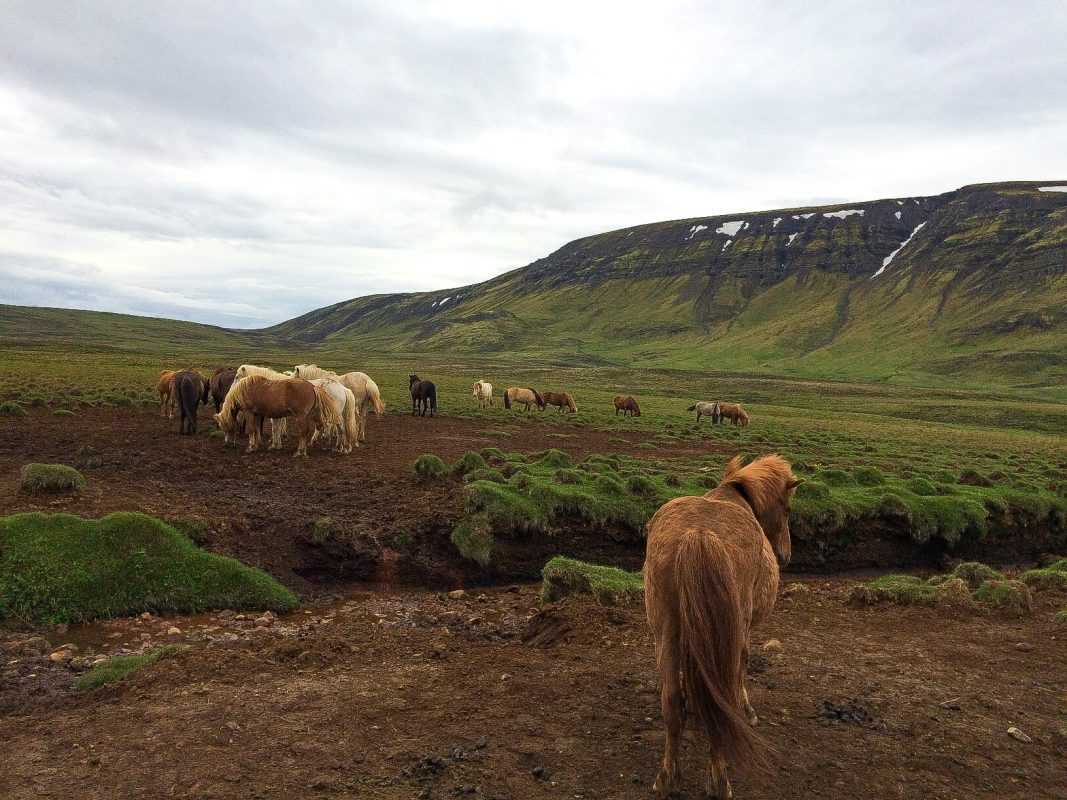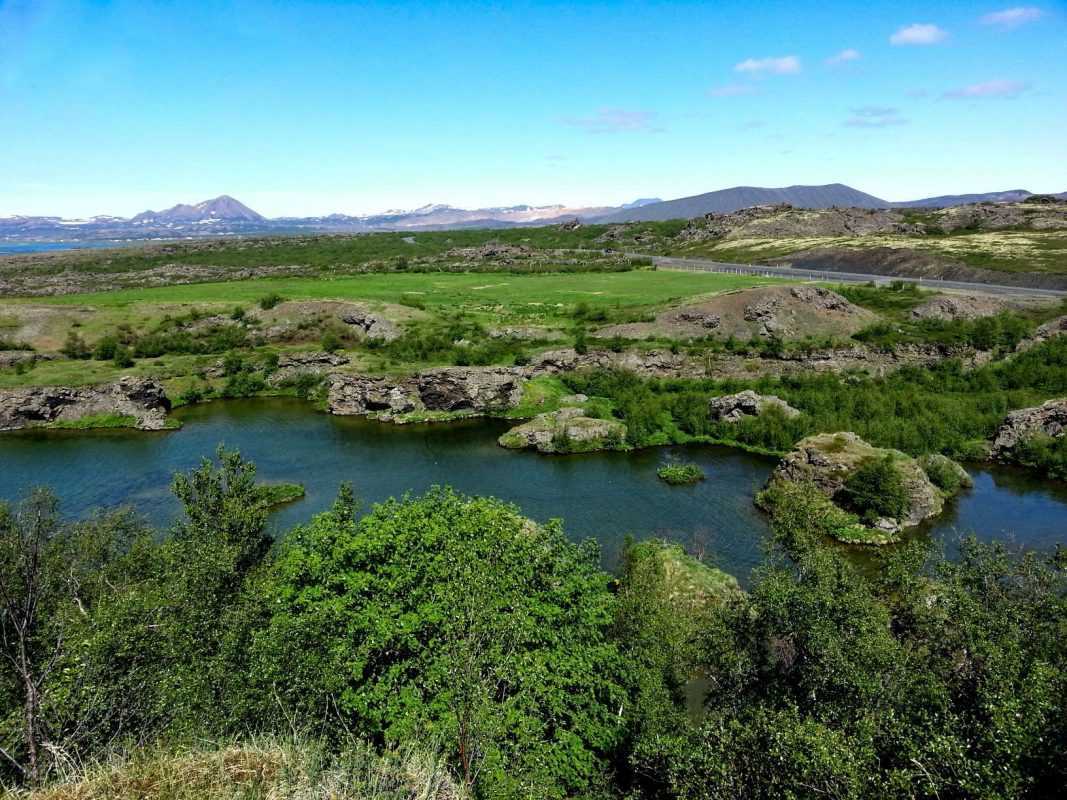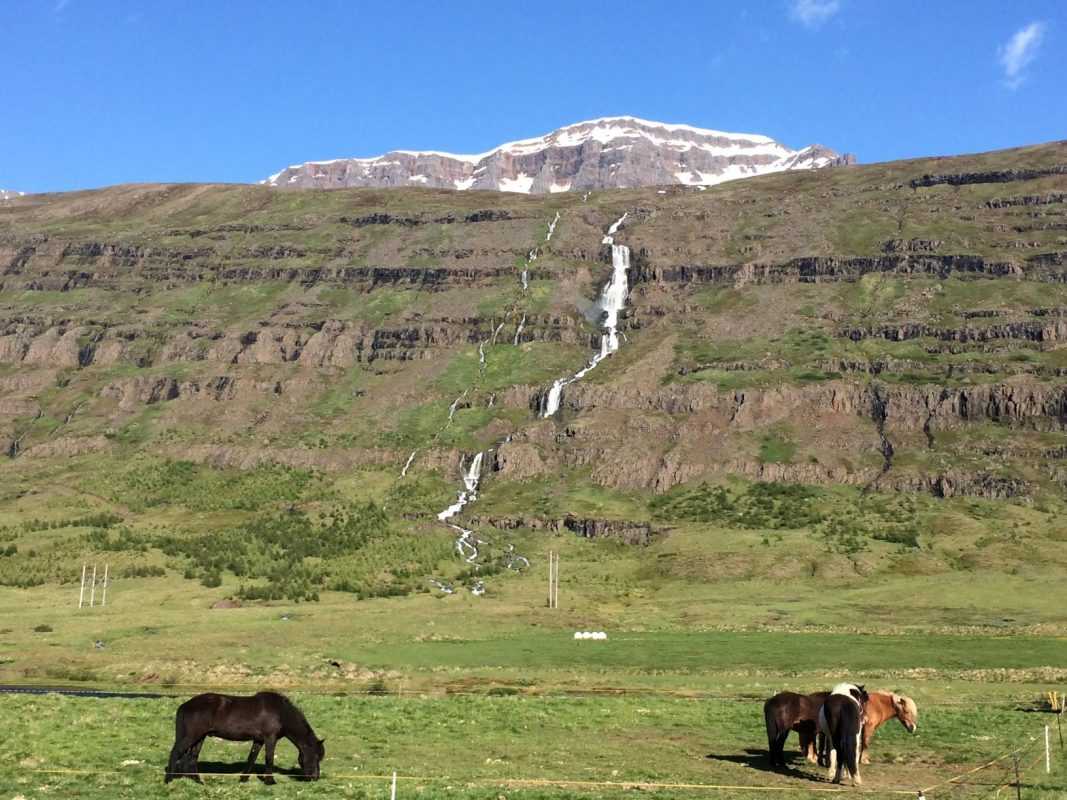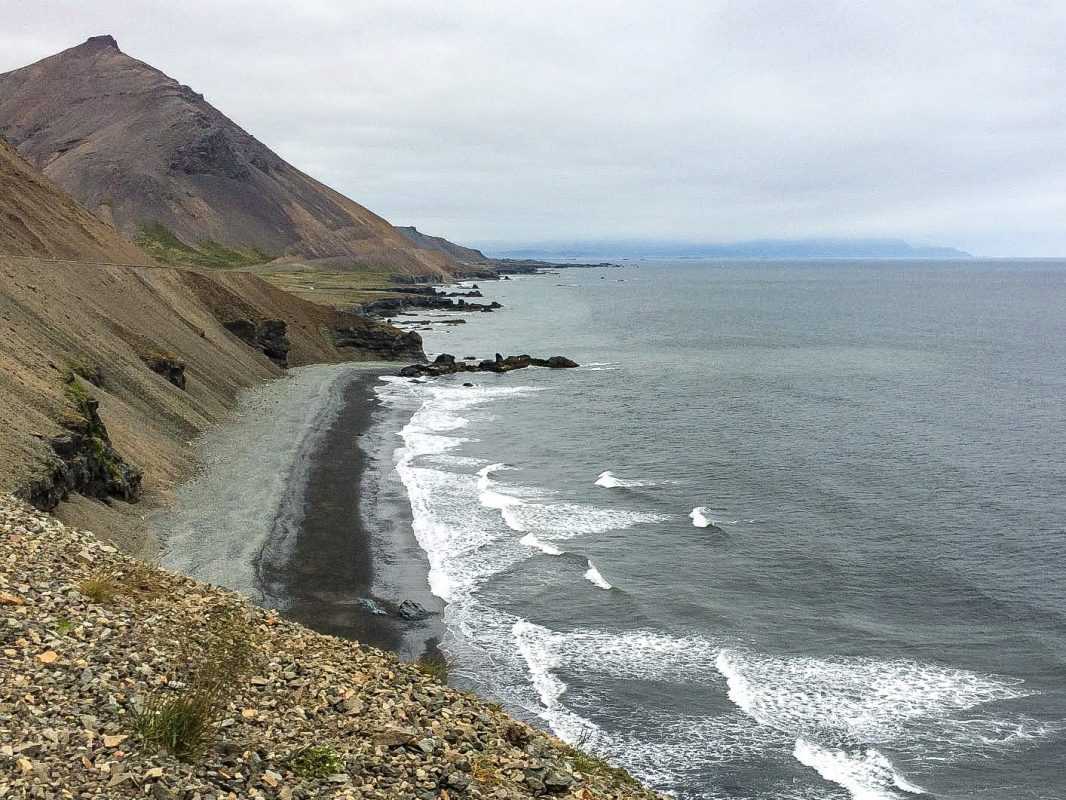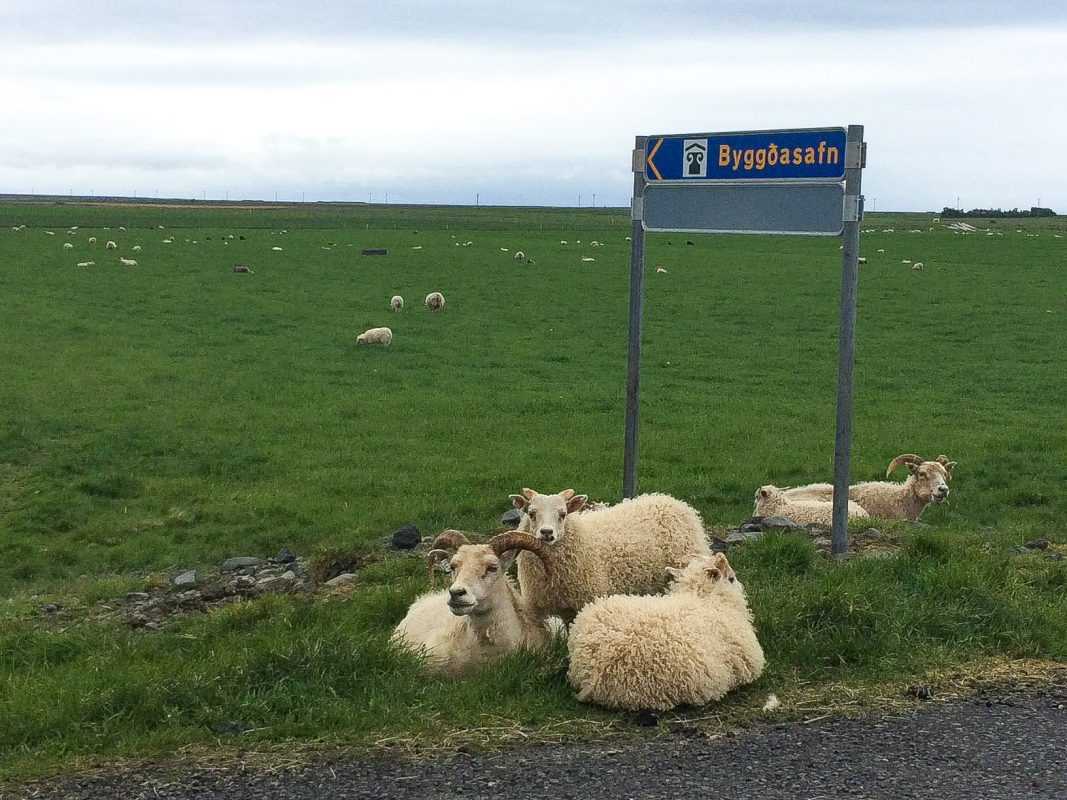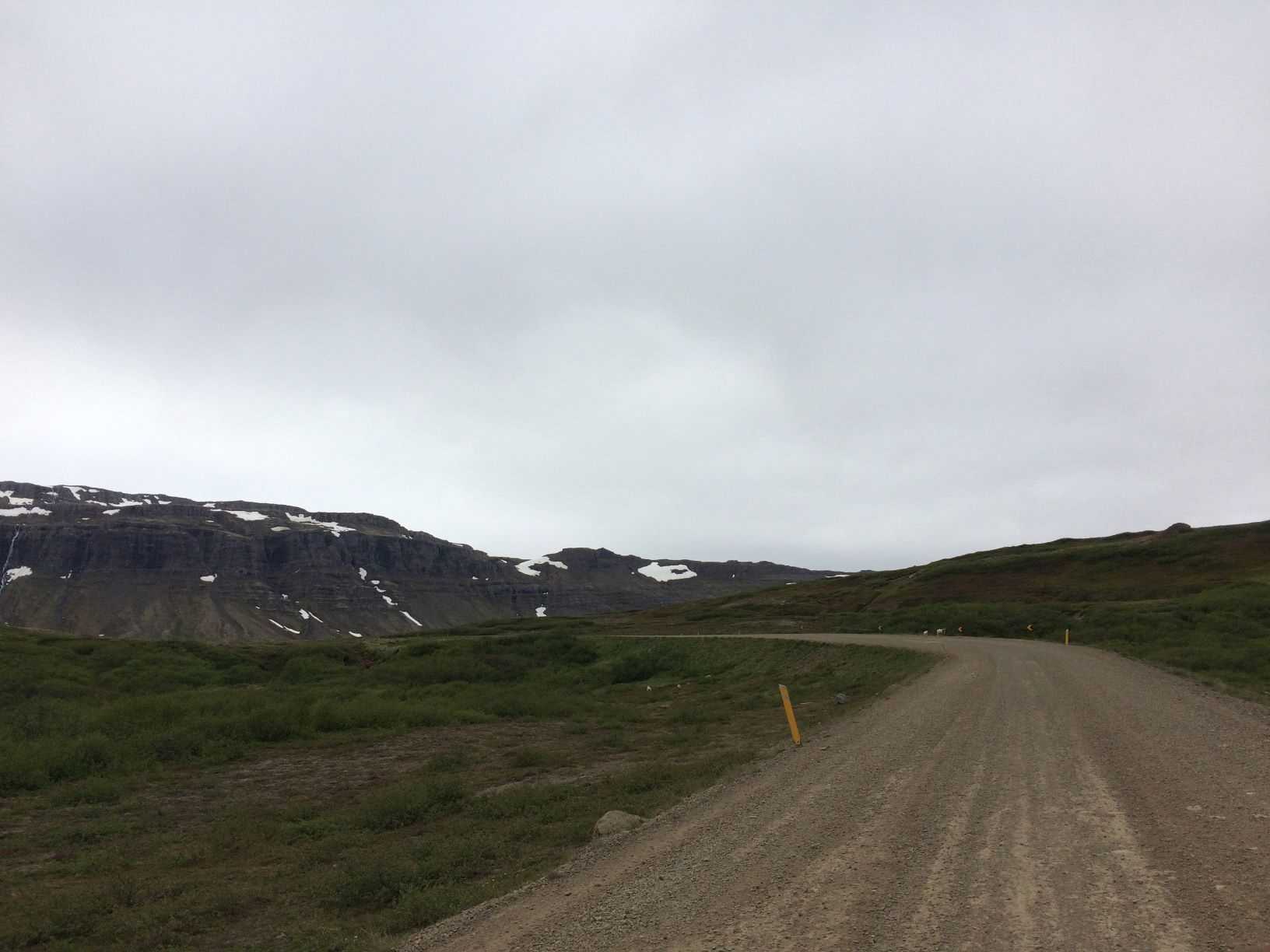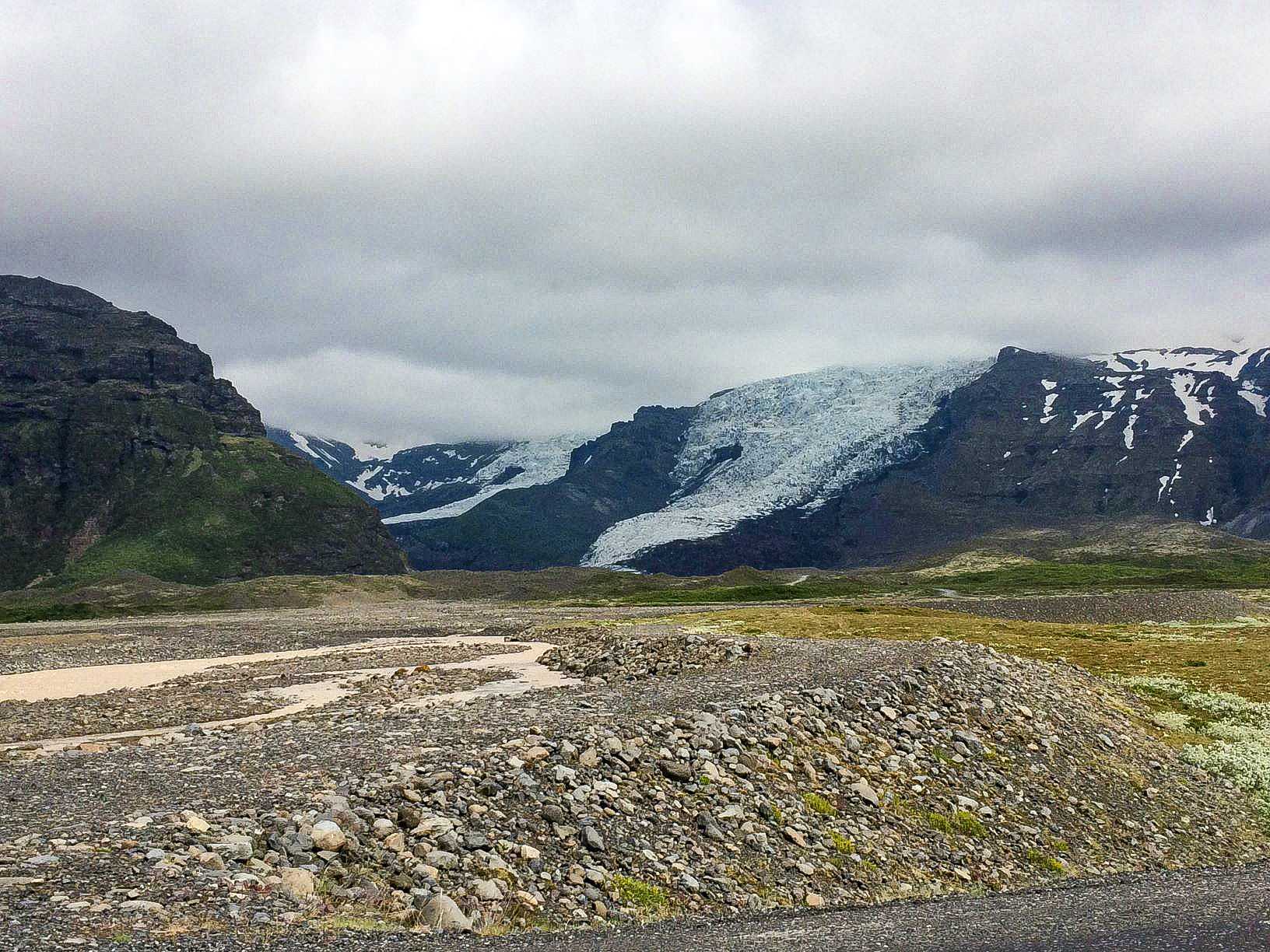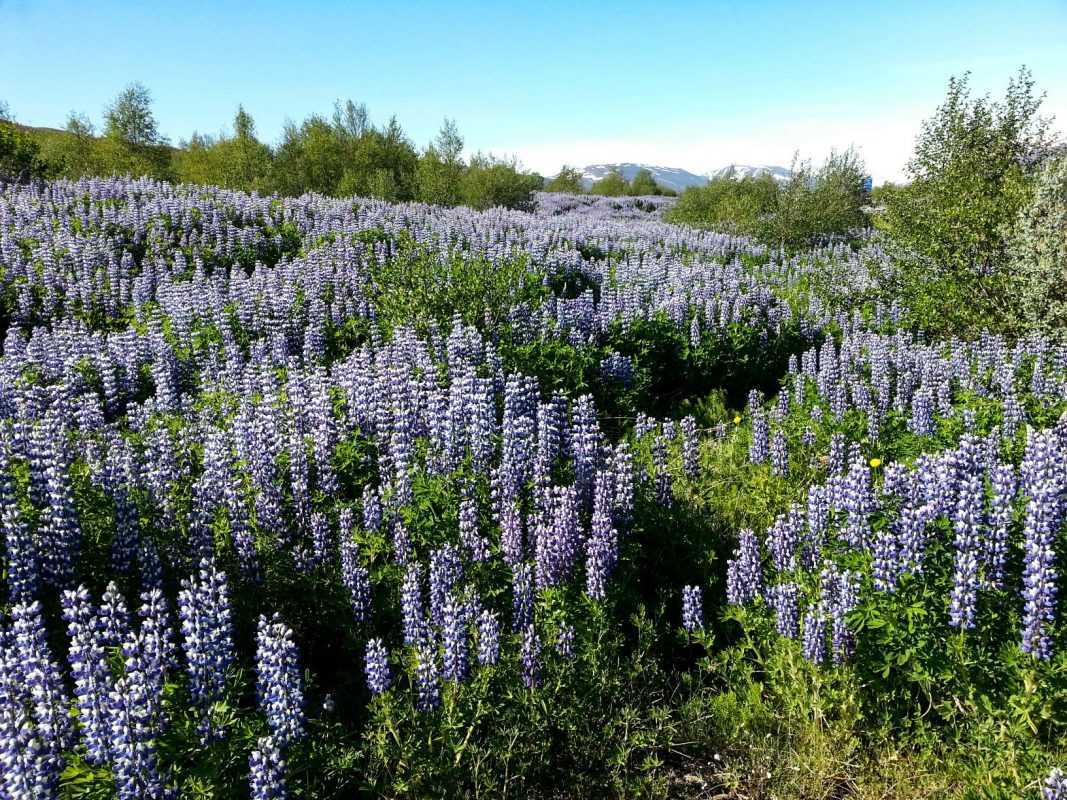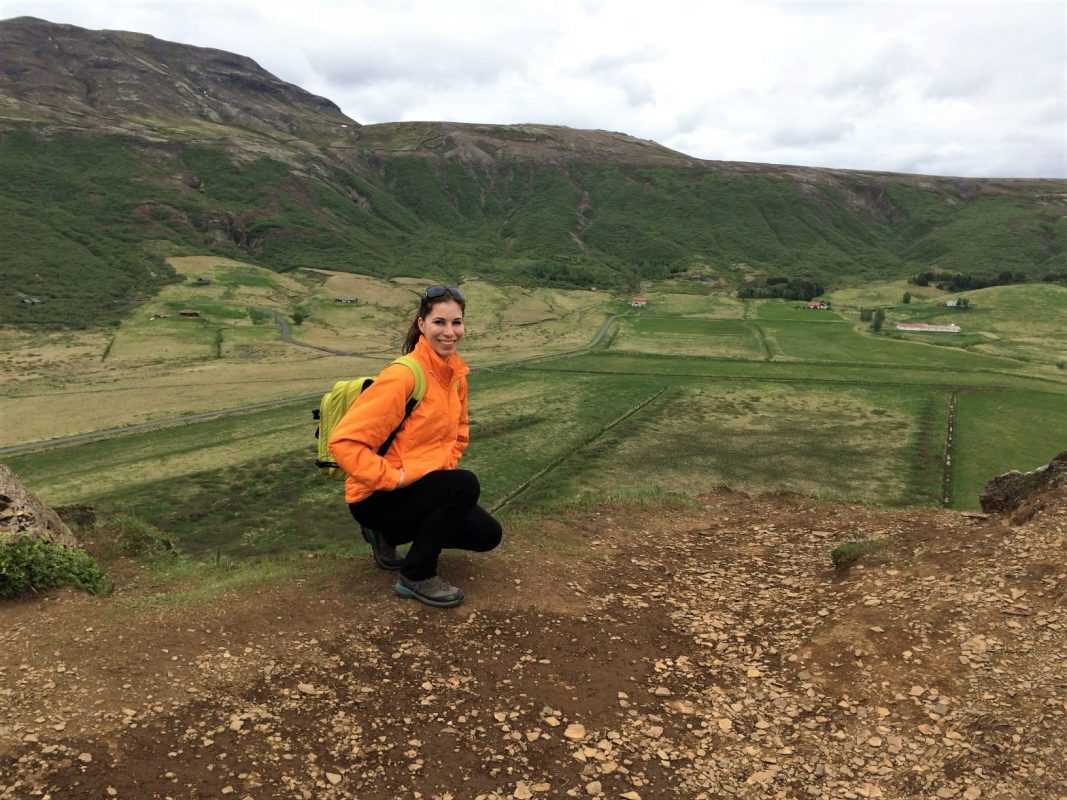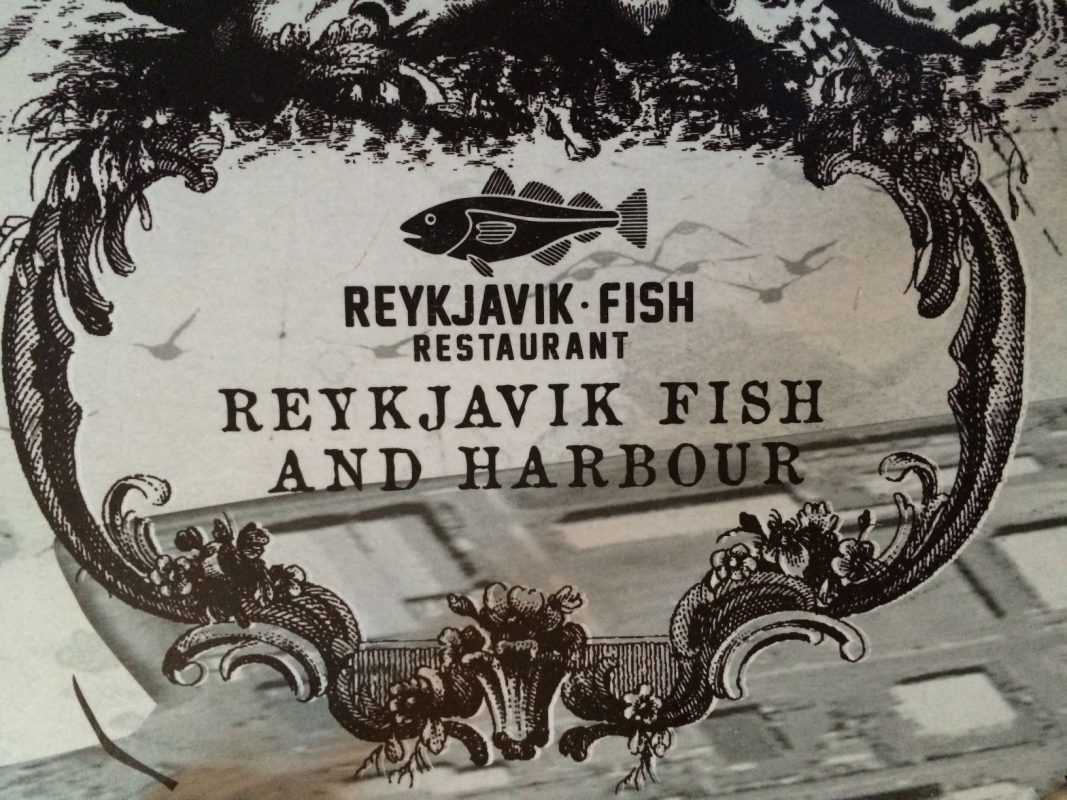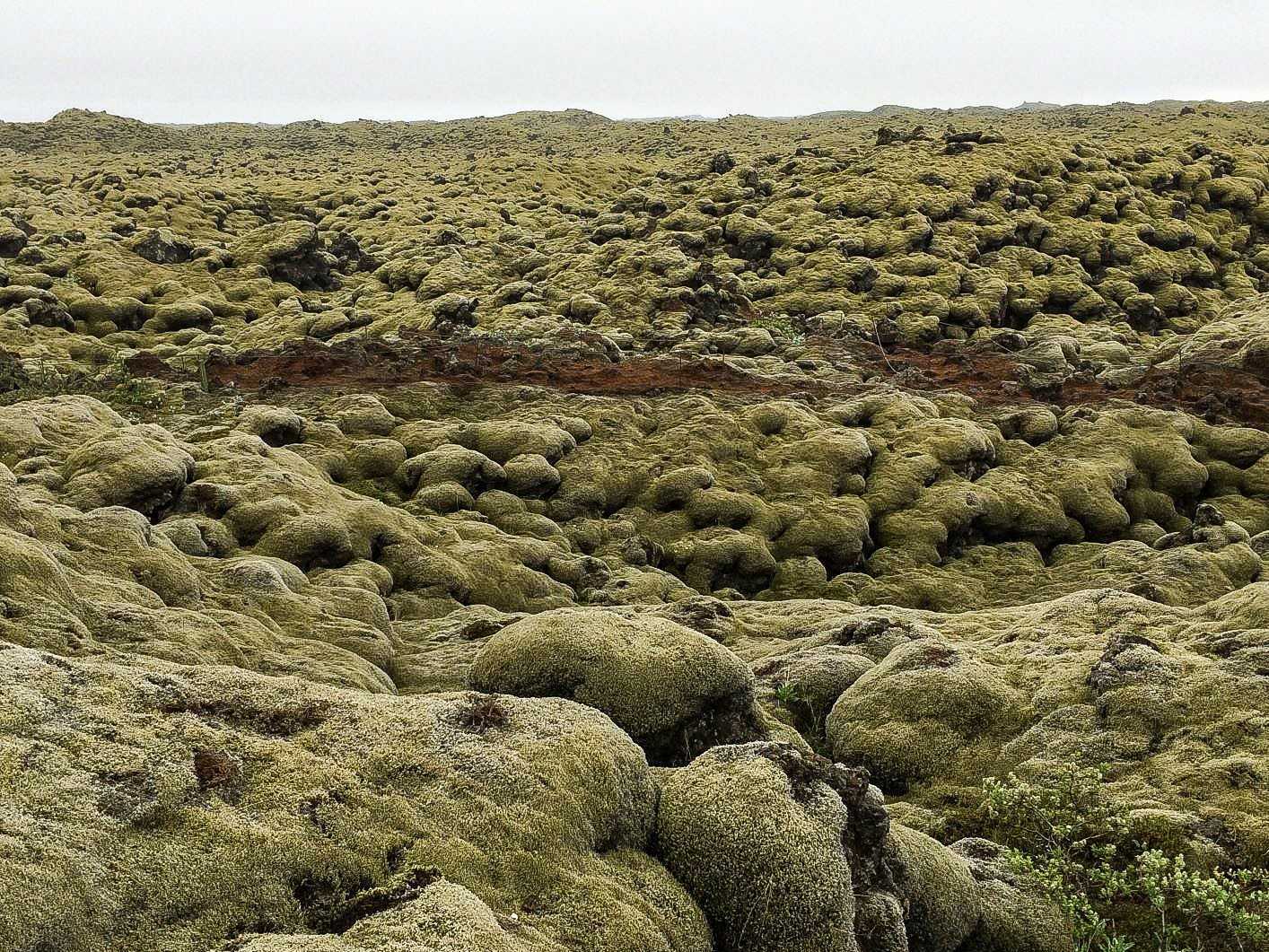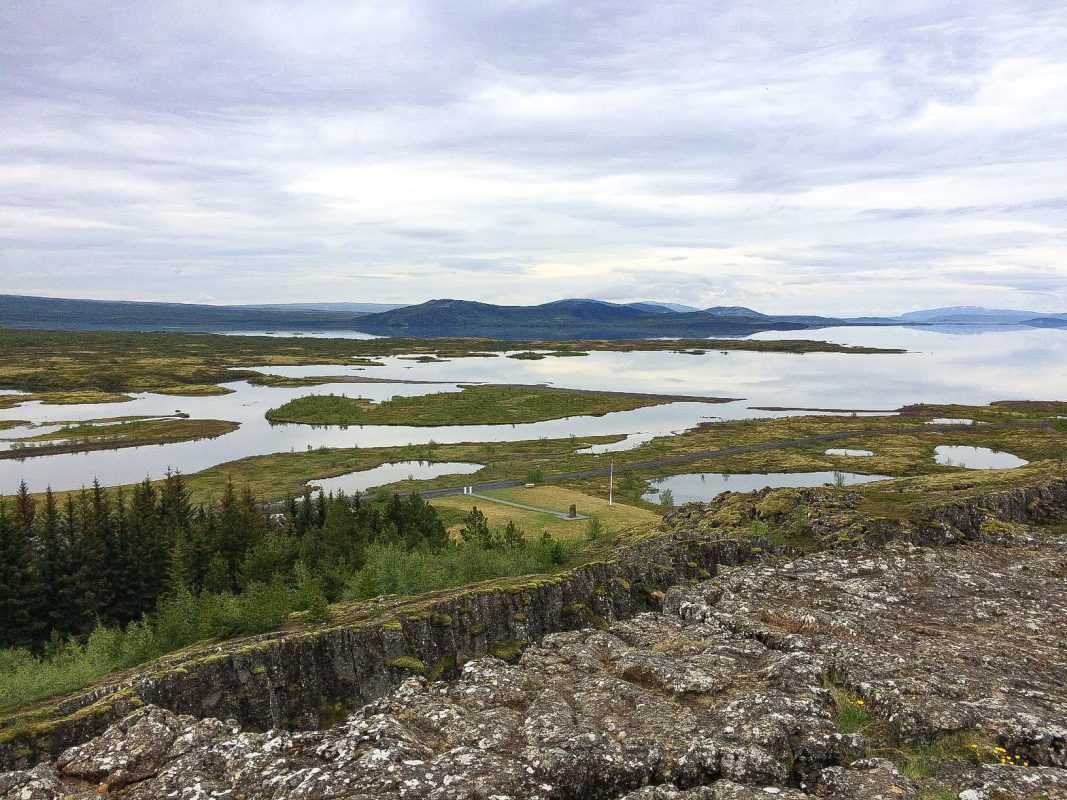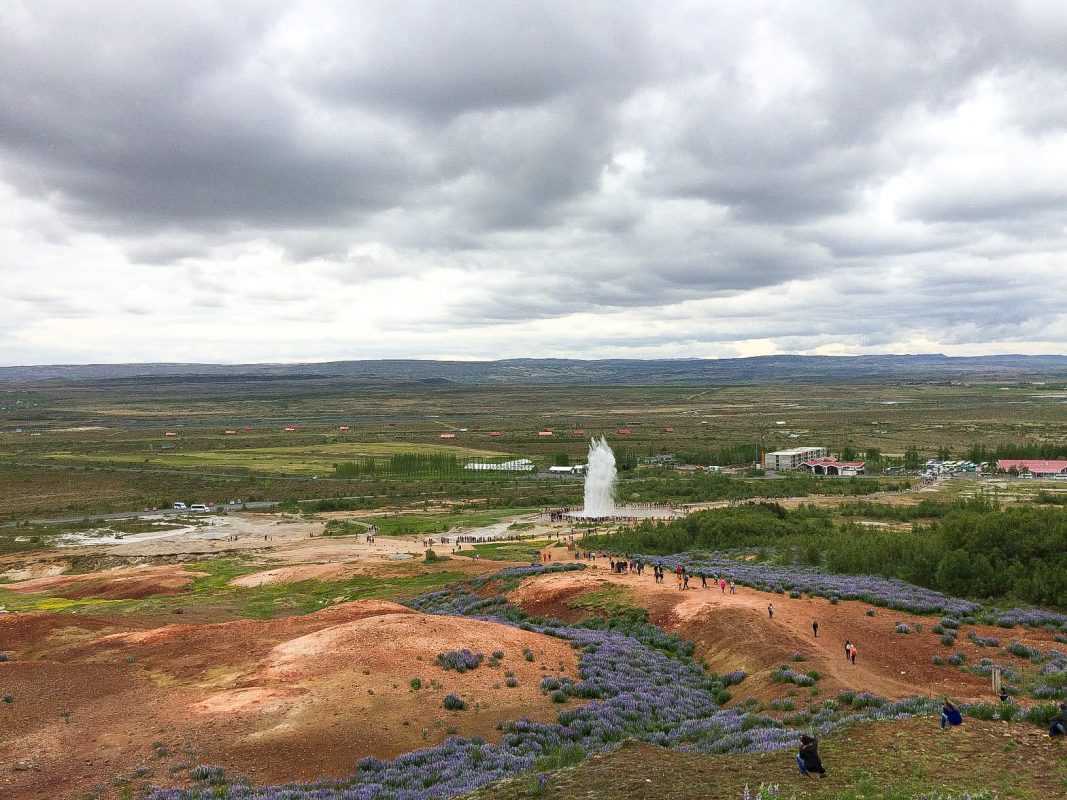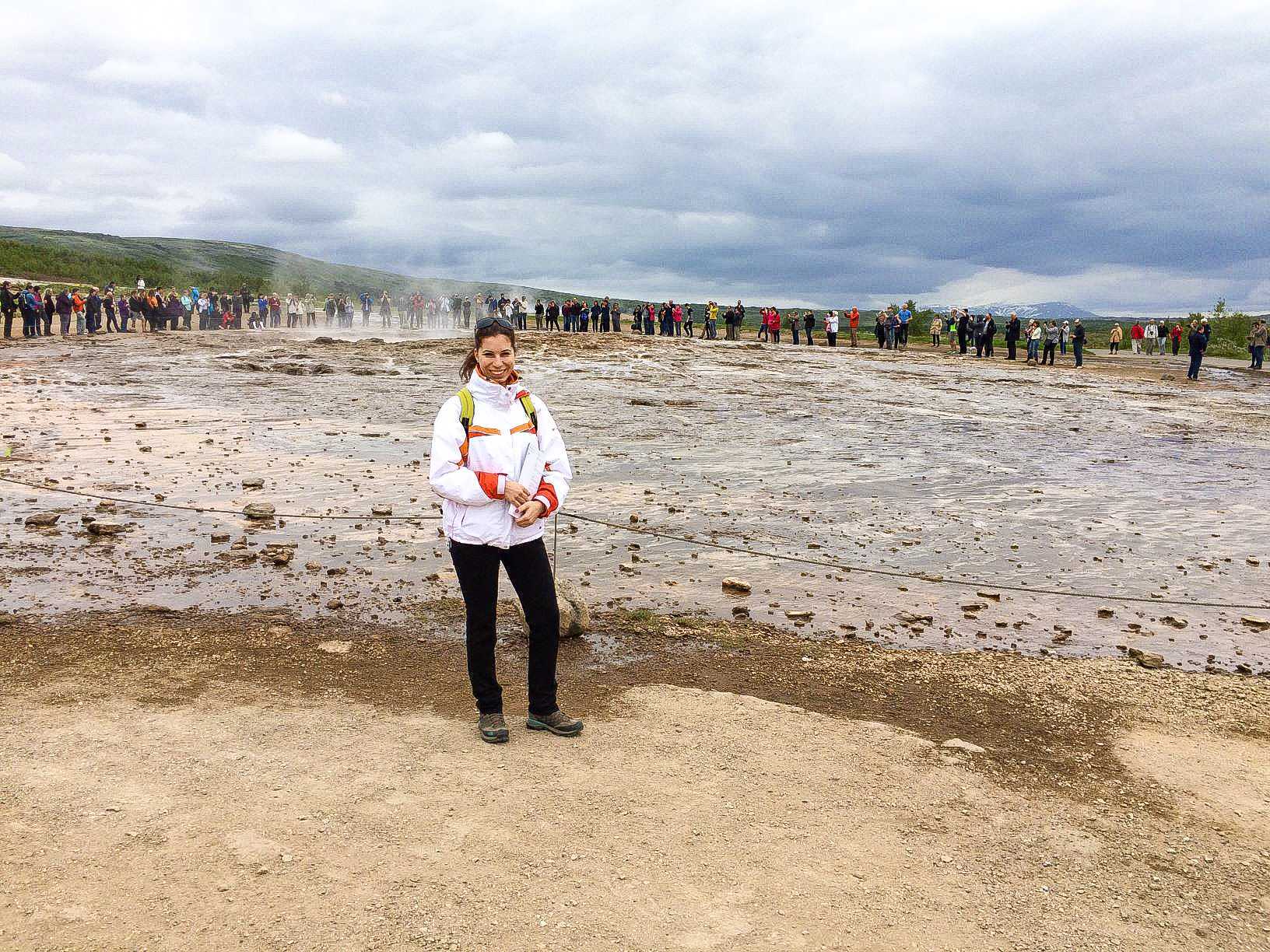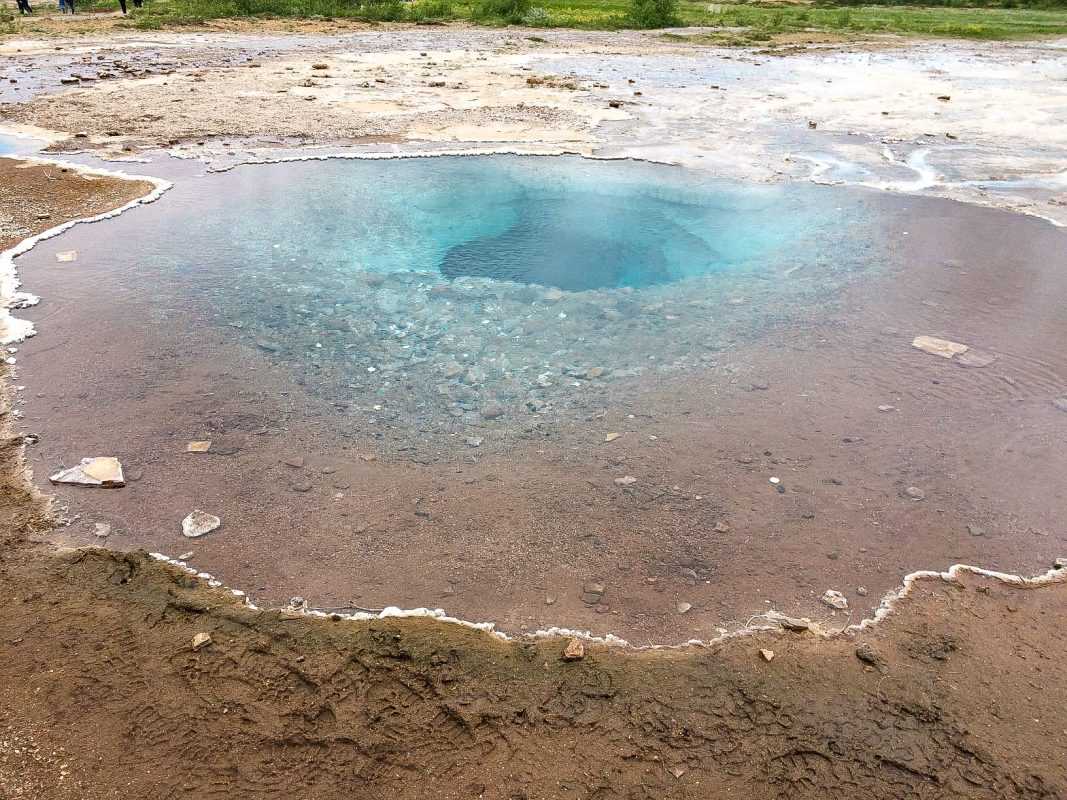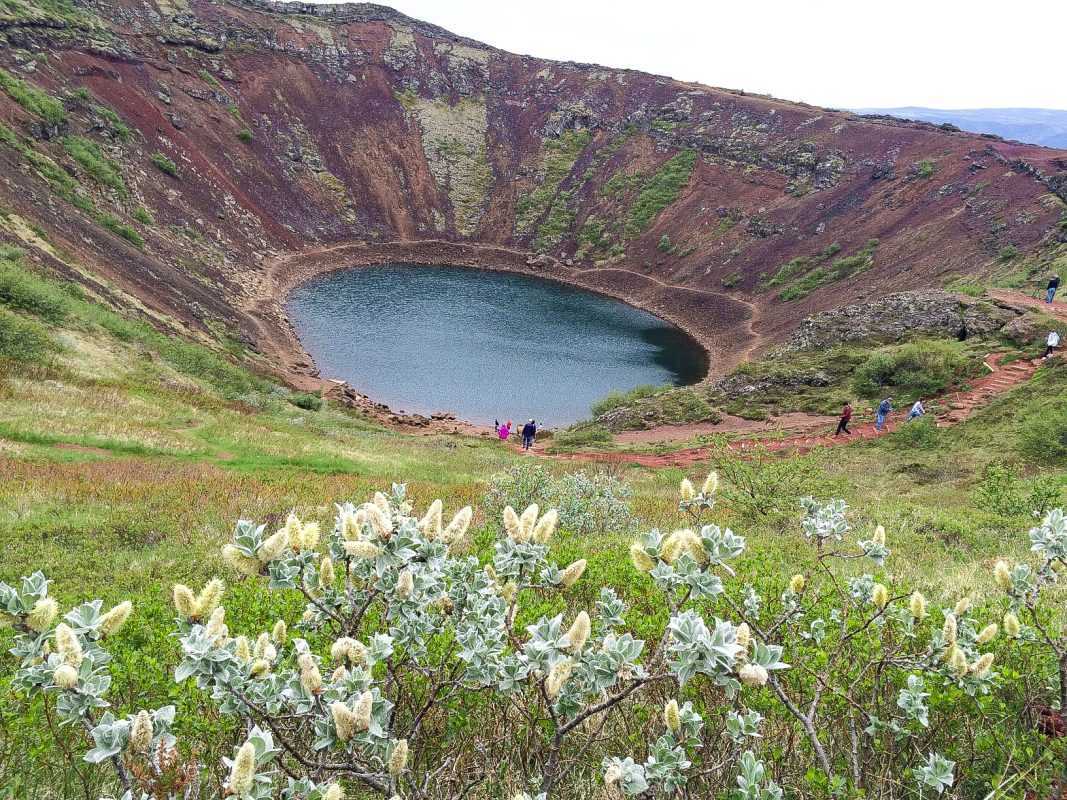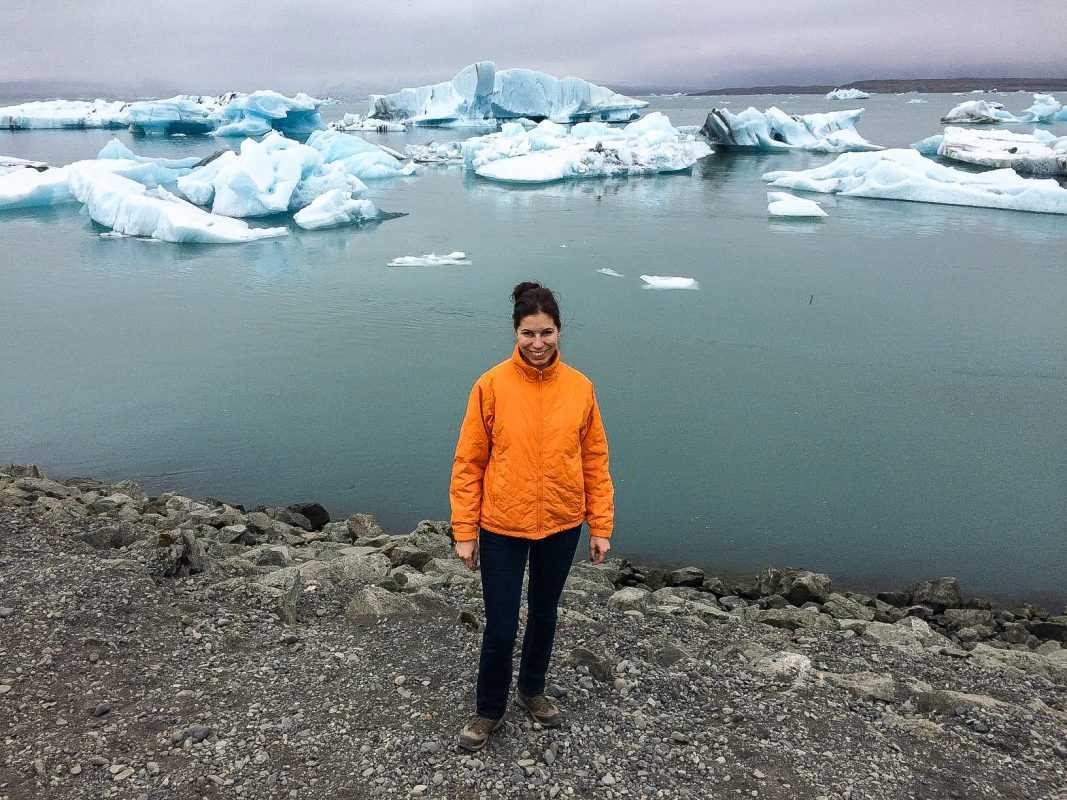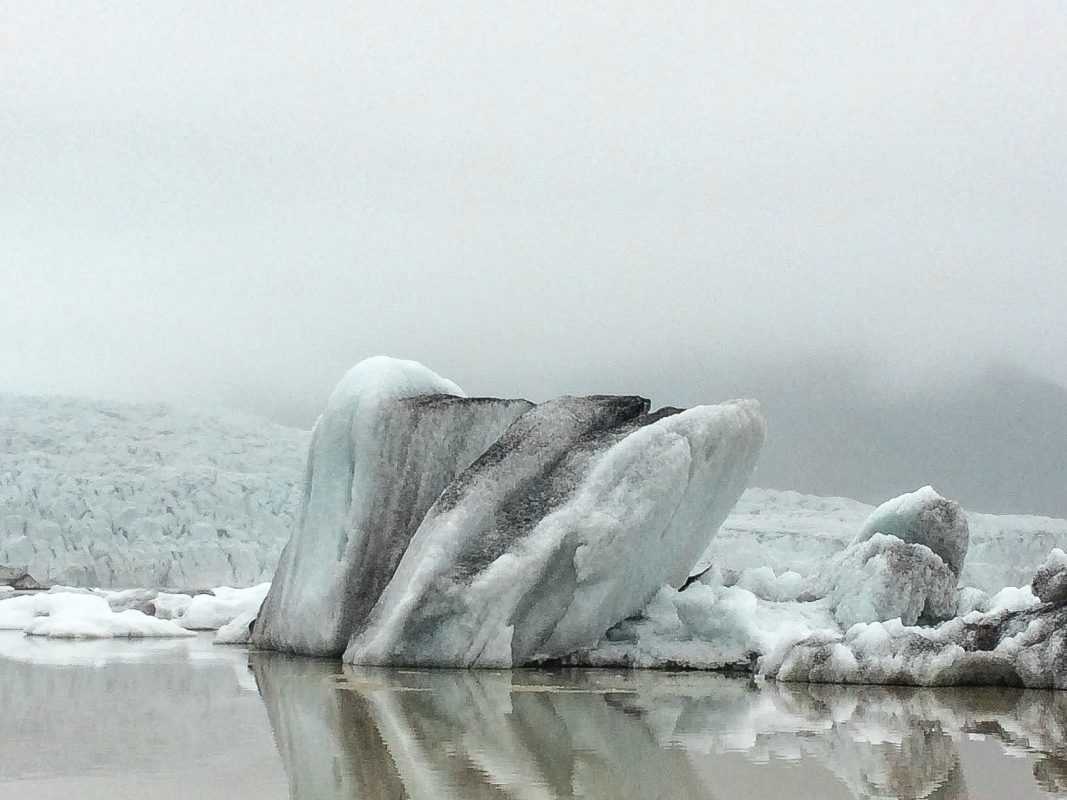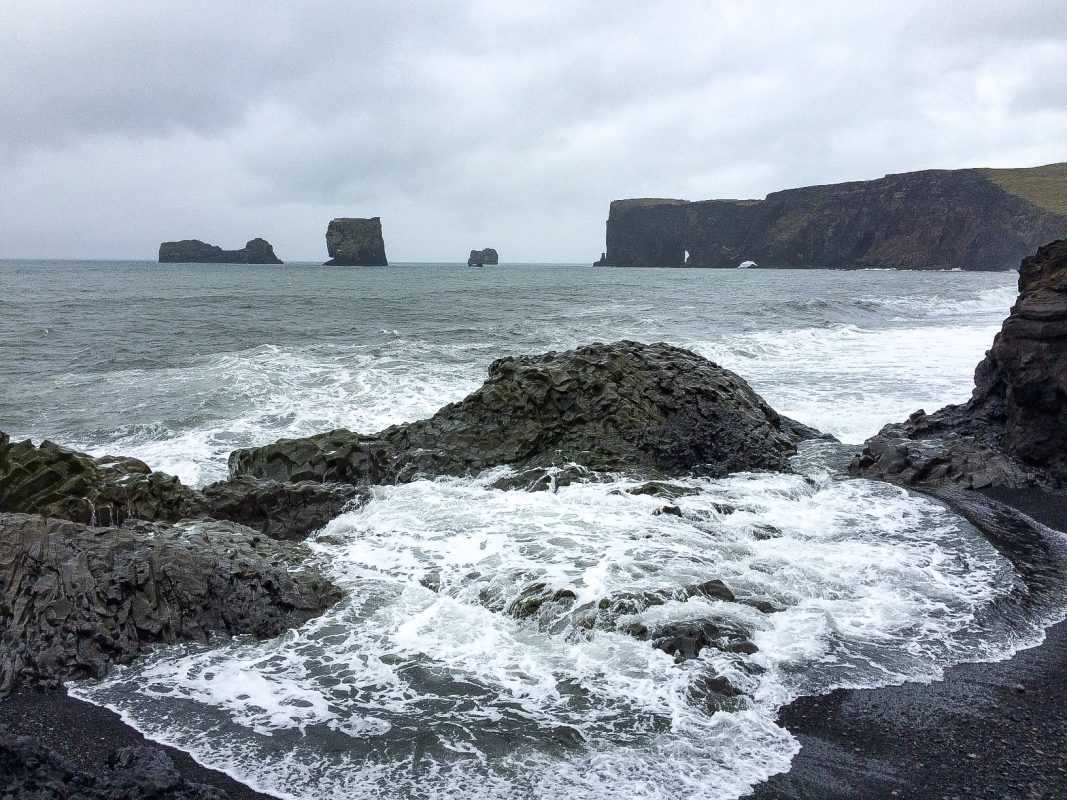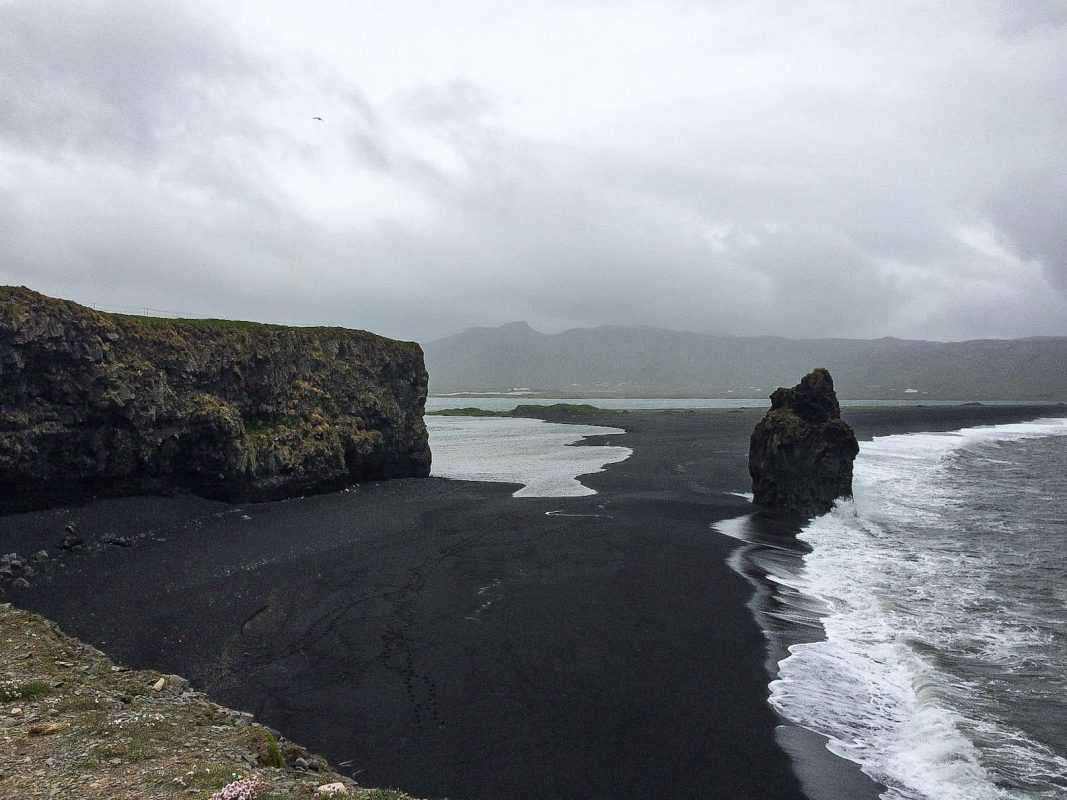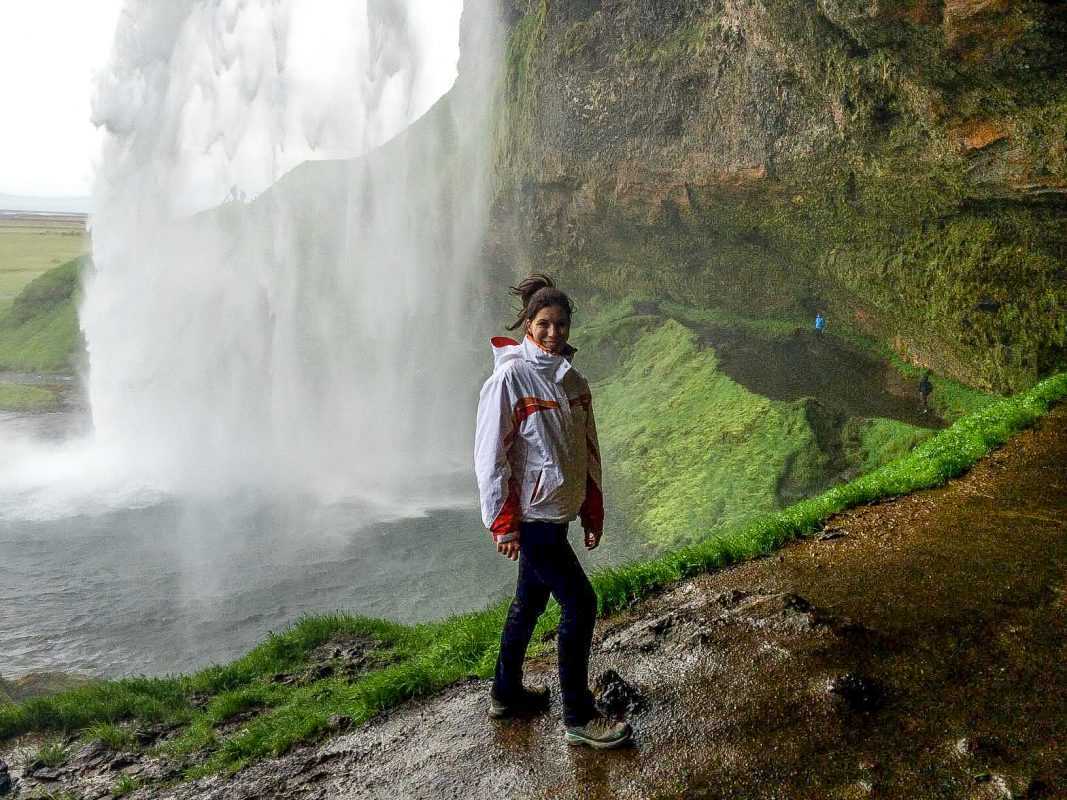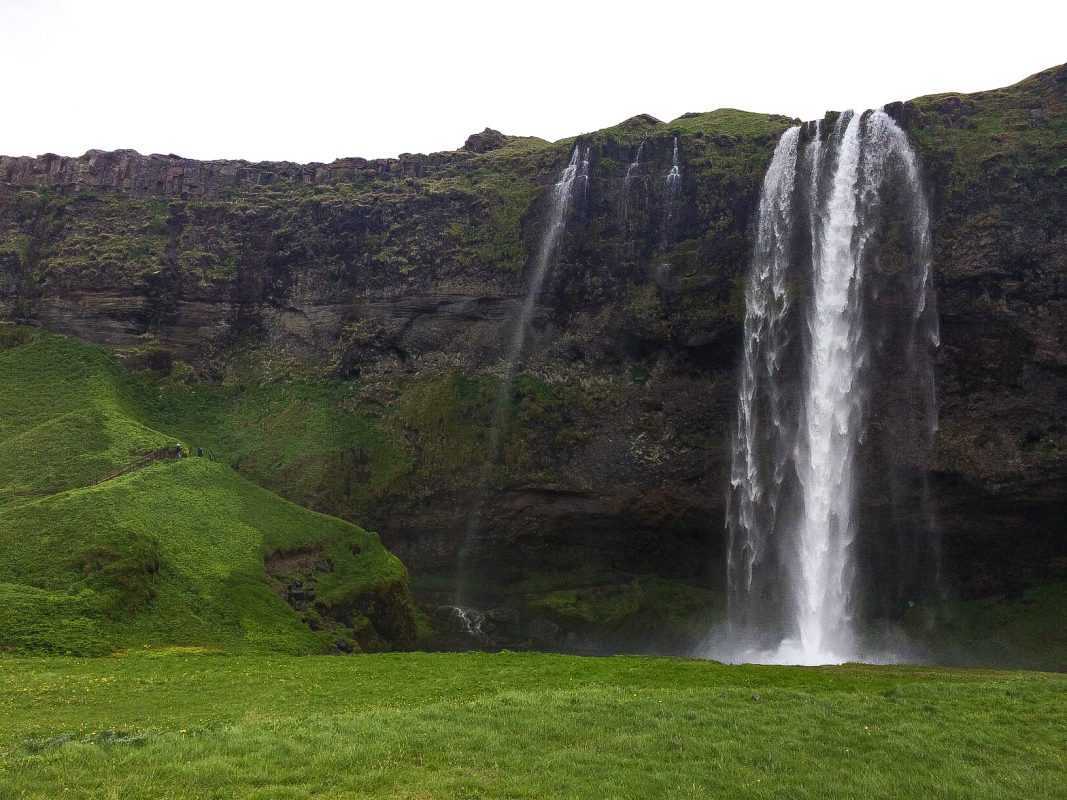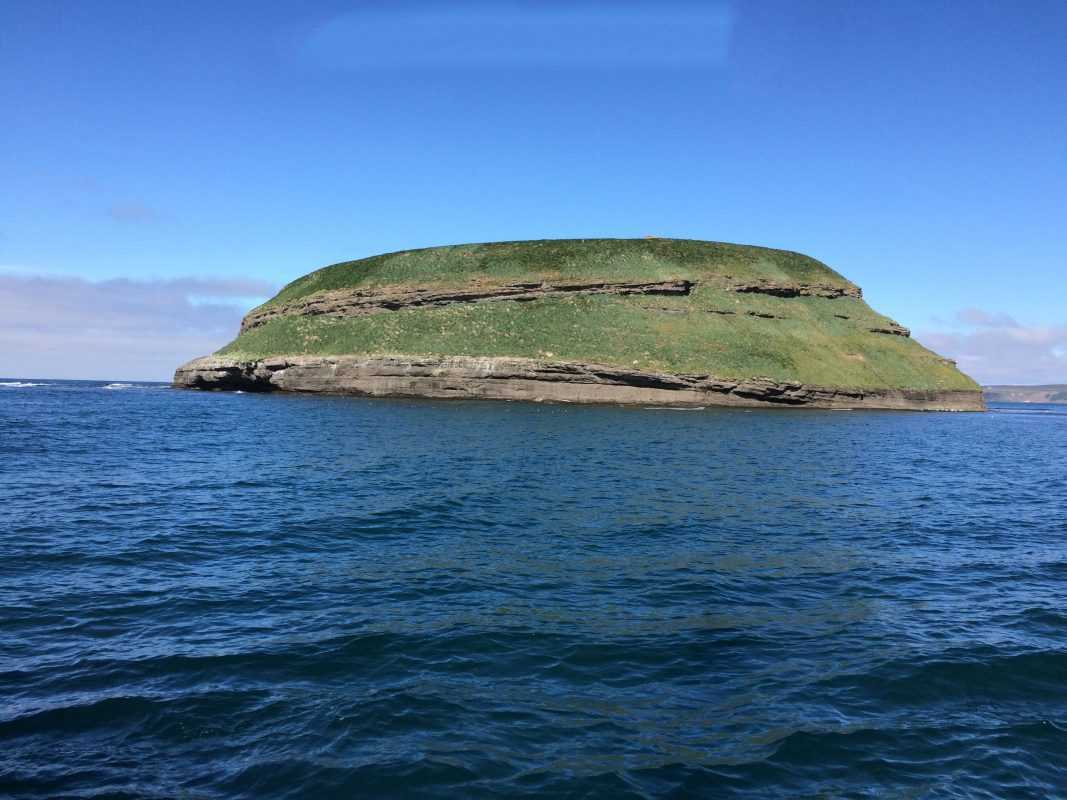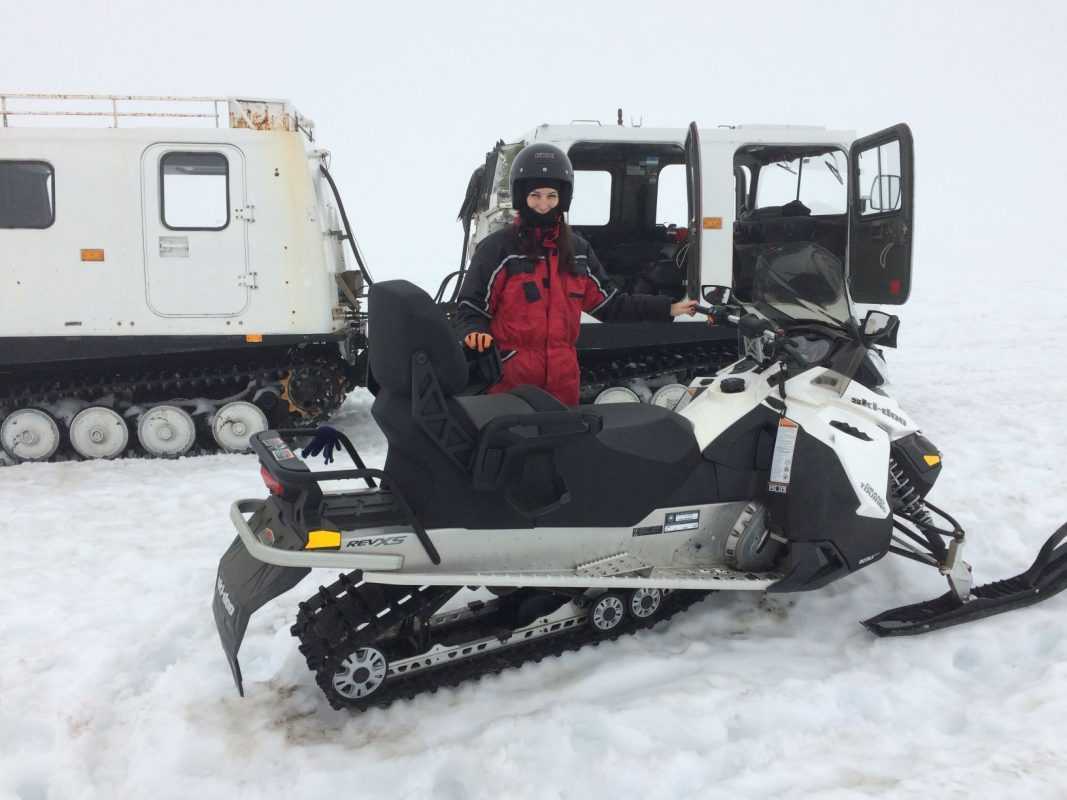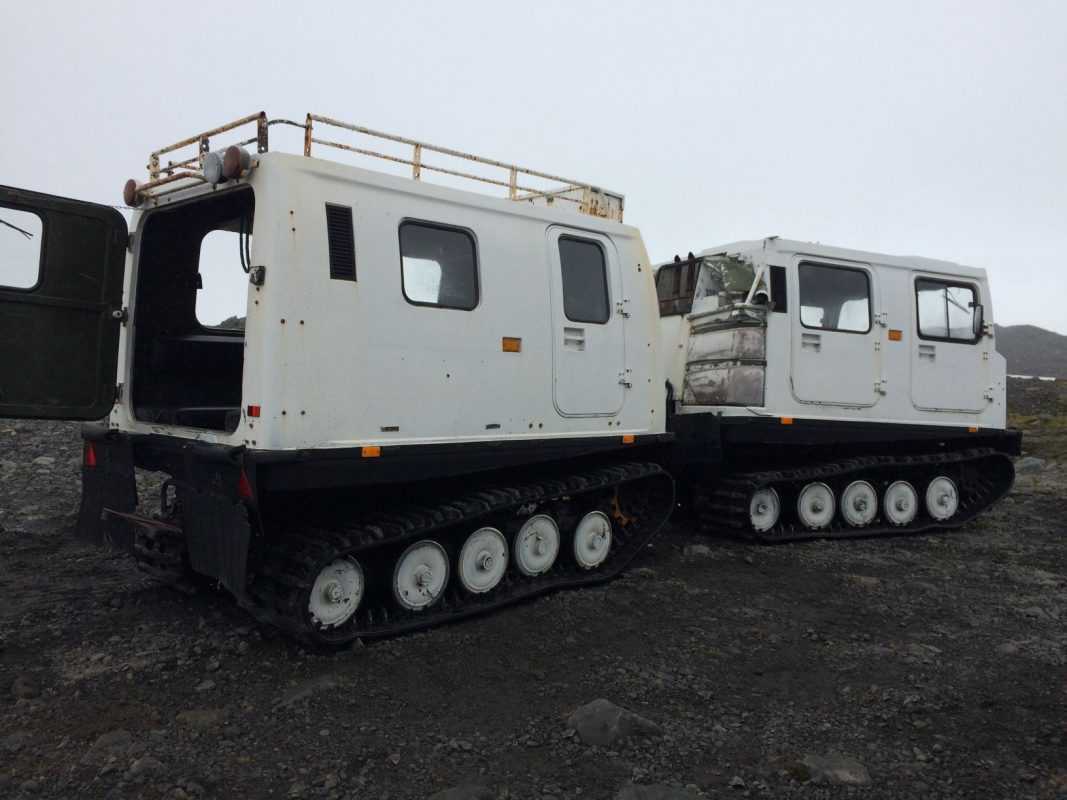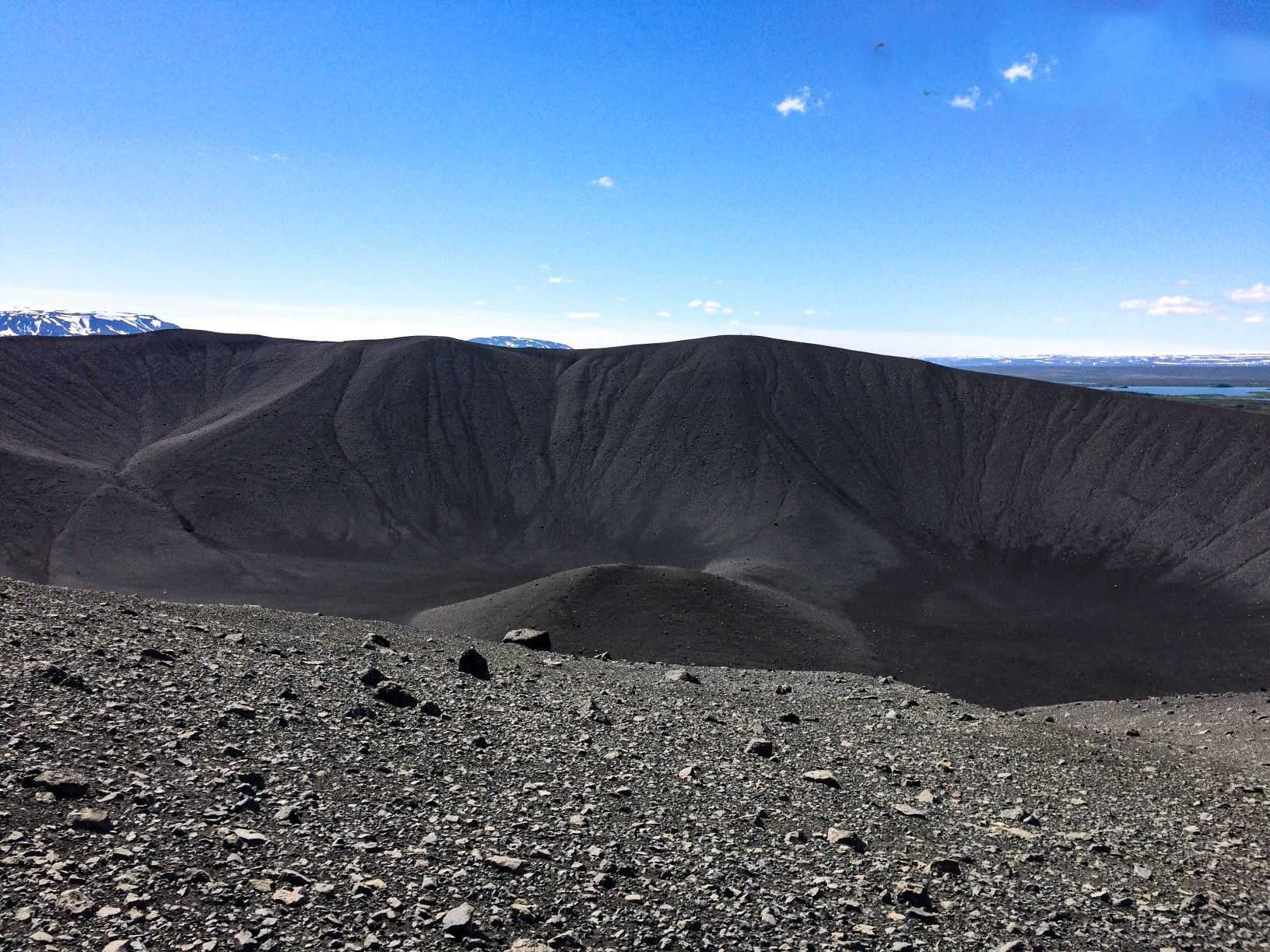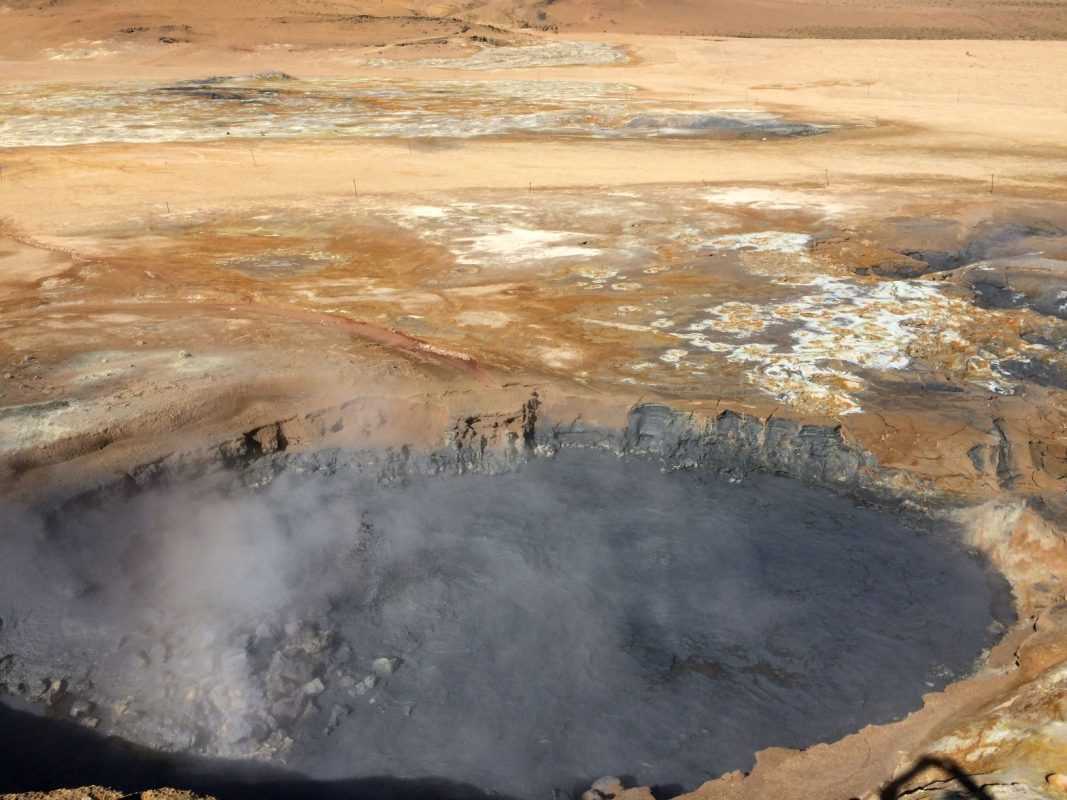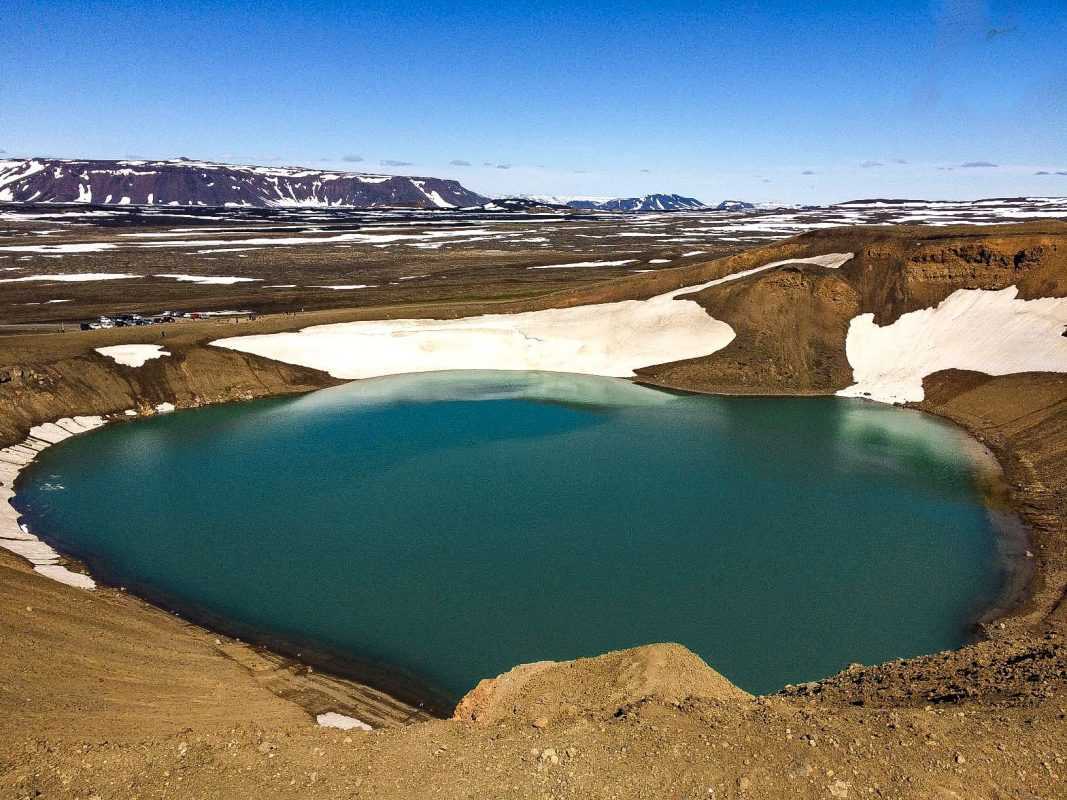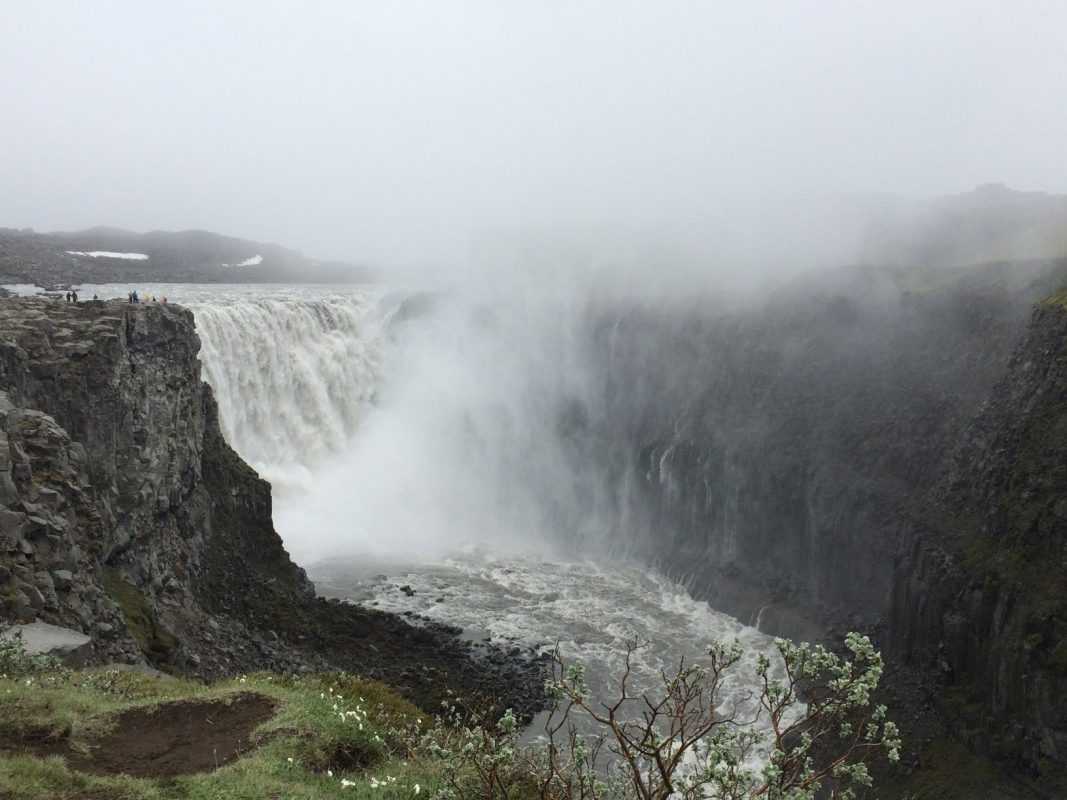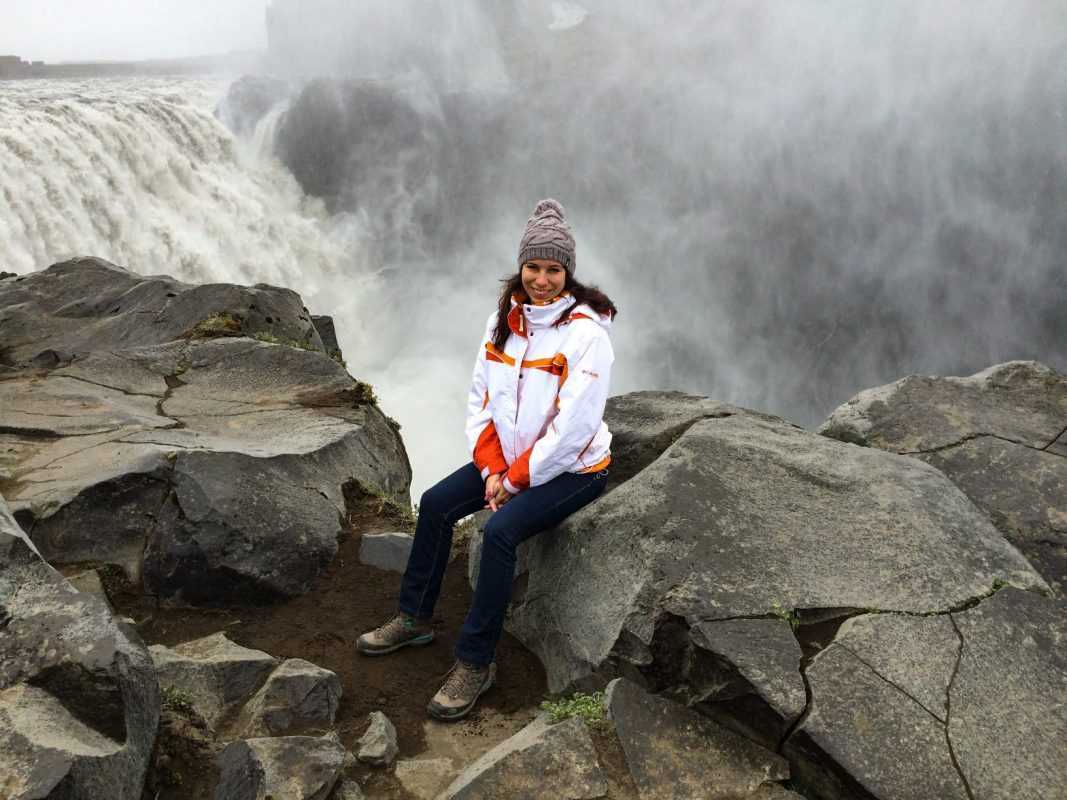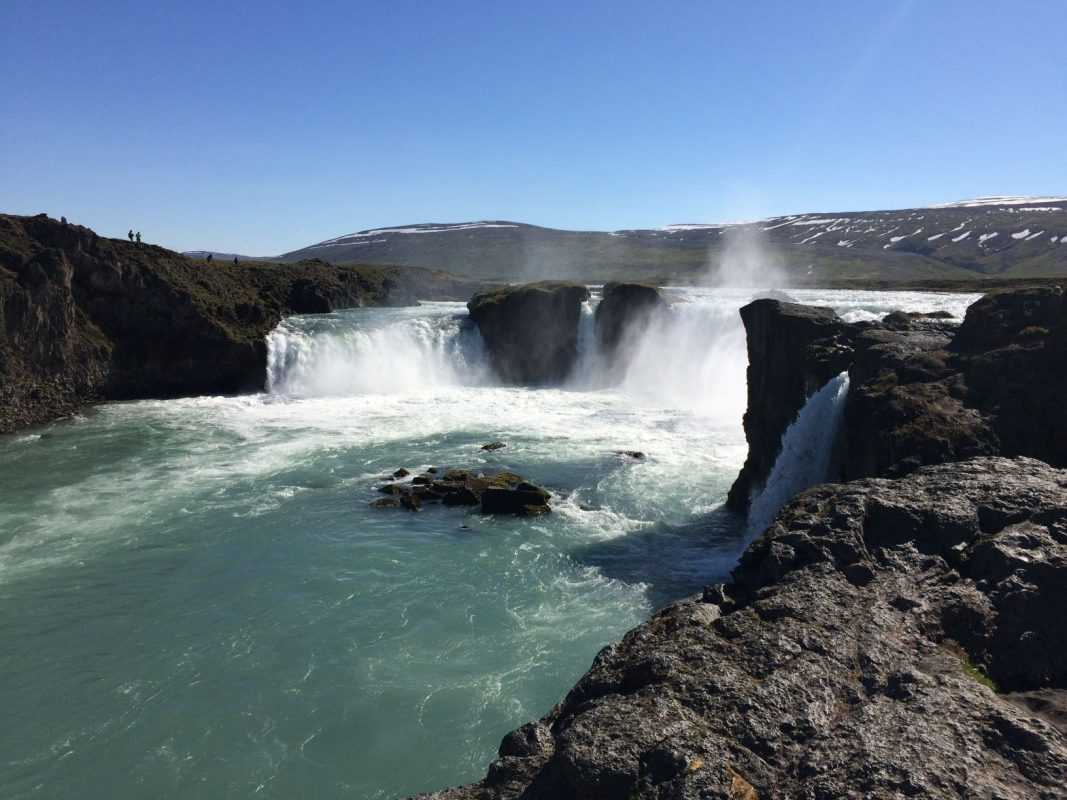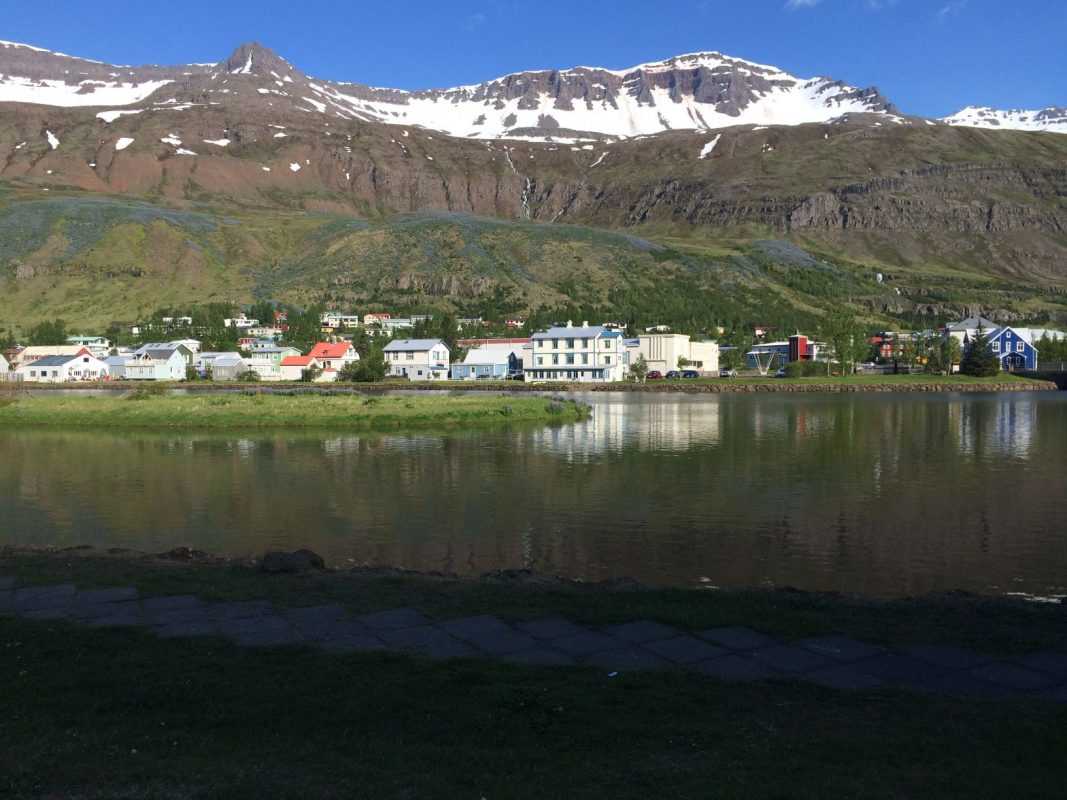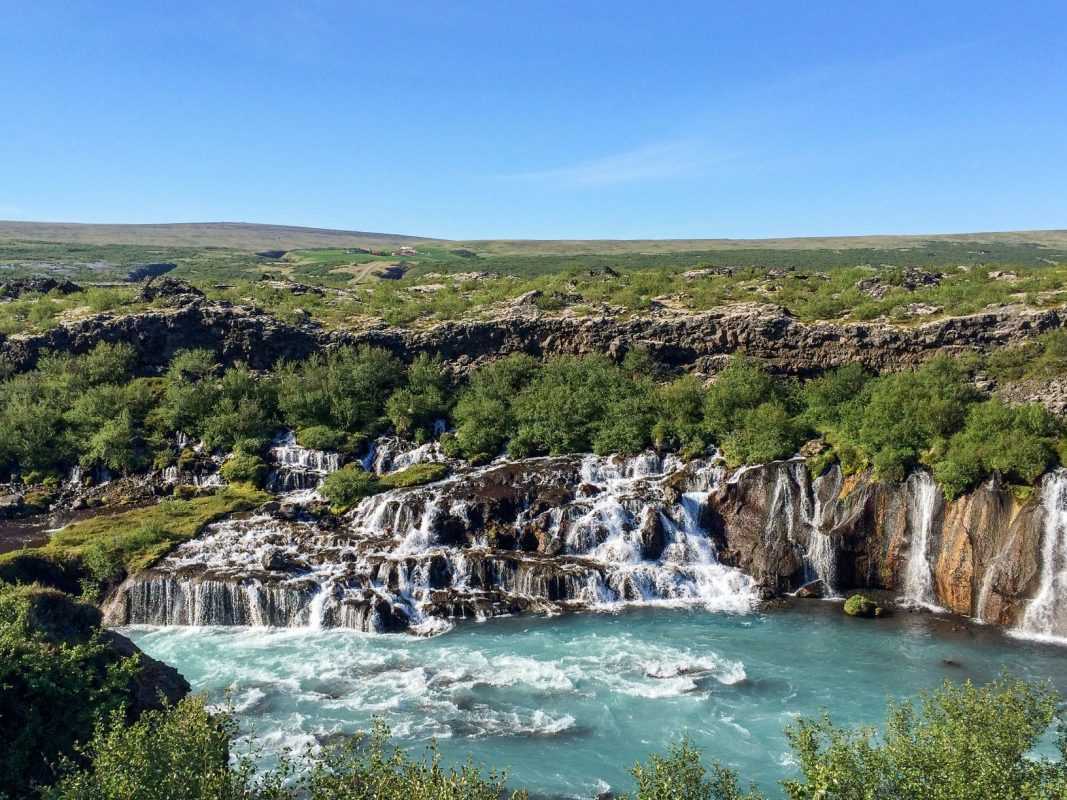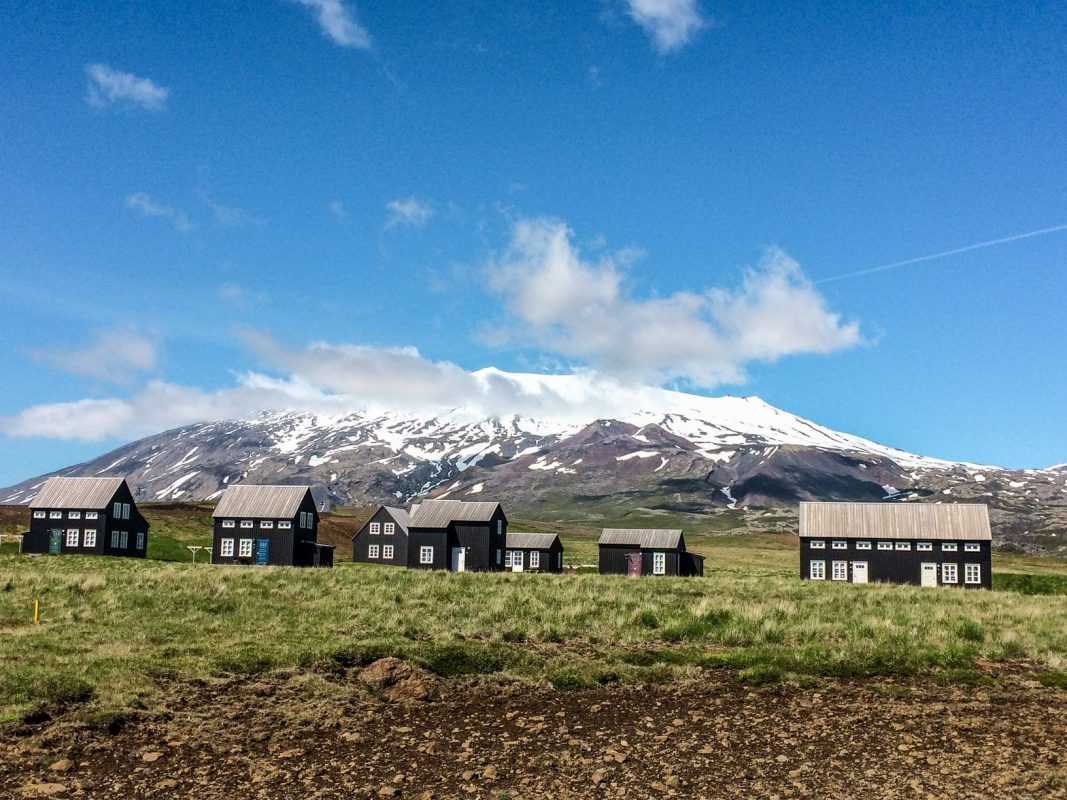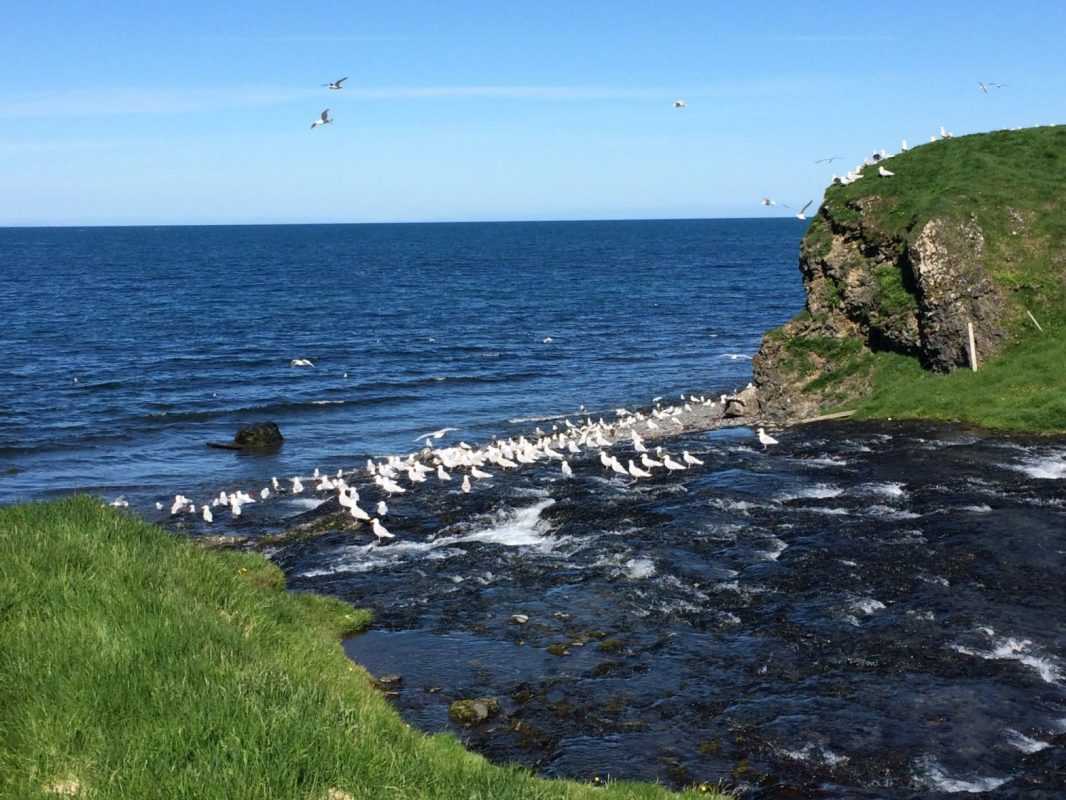The volcanic island on the border of the Arctic Circle is on a lot of people’s bucket list. Most of the country’s territory is covered by an eternal ice field, which is considered Europe’s largest ice cap, while lava flows and black sand deserts along the coasts also dominate the landscape. Iceland cries out for almost every kilometer for stops, whether it is a waterfall falling from a mountain, or a volcanic caldera comes up, a purple lupin field and wild ponies, not to mention the millions of lambs. I have had the pleasure to visit Iceland twice, for which I am incredibly grateful. With my summer trip, a dream came true.
I saw the winter face of Iceland (you can read about it here), while in summer I drove around the island in nearly 2 weeks. Without bias, I say the land of fire and ice gives all visitors a real wow experience and it is worth ticking off the country up from our European bucket list. When it’s worth traveling there, what you must see on the island or how to prepare for the travel, I will tell you in this blog post, accompanied by a lot of practical advice.
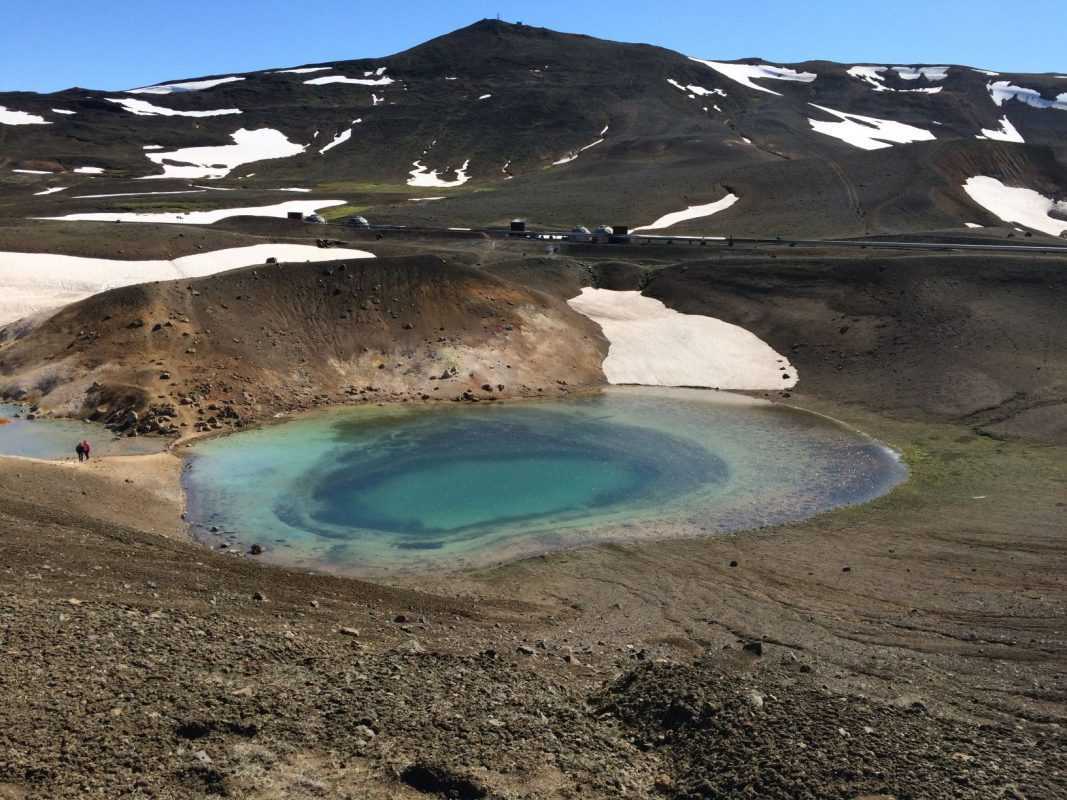
Weather
Iceland’s weather is more moderate and milder than many believe, with temperatures up to 23 degrees in summer. Due to the midsummer nights and pleasant weather, most people visit the island from mid-June to the end of August, which is considered the high season. But even though this 2.5 month is the most recommended time to travel, it doesn’t mean there are just sparkling sunshine and no rain or wind. Iceland’s weather is extremely moody due to oceanic currents, and it is perfectly normal that one moment the rain is pouring and the sun is shining the next. In addition, the climate of the island is very different depending on whether you are in the north or the middle part of the island, you should bring a windbreaker, rain poncho, and hiking boots, besides swimsuits, shorts, sunscreen, and high-quality sunglass. There is no drapery in many places and due to the white nights, there is almost all daylight in summer.
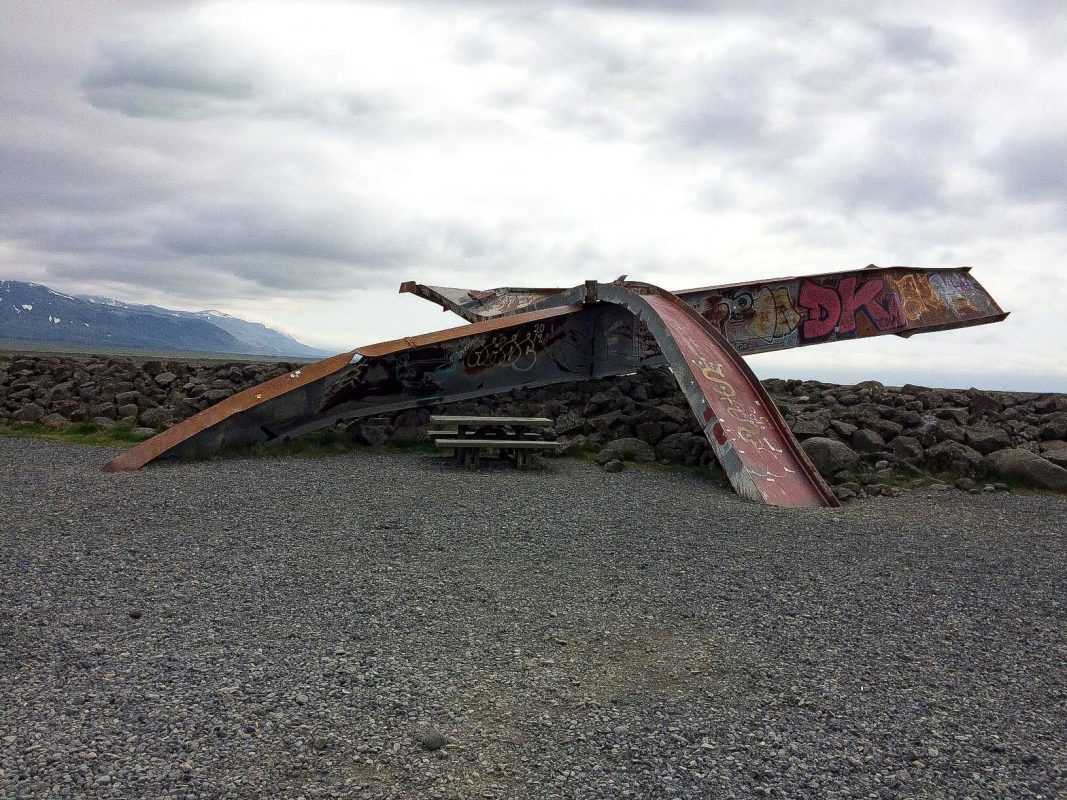
Travel and transport on the island
The easiest way to get from Budapest is in Reyjavik is a low-cost flight, that takes you to the land of fire and ice in 5 hours. There are several opportunities from the capital to get to nearby places by bus, but I suggest to rent a car instead and use it while exploring the island. If you’re more into it, you can do the same with a bike and a motorcycle. For me, the more convenient version was the car. There are many rental companies, we chose Icerental 4×4, from where we got a car equipped with a local navigation device for €55 a day. The latter is useful to have because although the navigation technique is already quite advanced, a lot of places are not indicated in a telephone app as opposed to a GPS device. If you also want to drive to the Icelandic Highlands on roads marked F, be sure to rent a 4×4 car and make chassis insurance for watercourses too. If you only go around Highway 1 on 1,300 km long, a regular car will be a perfect choice.
Let’s prepare for the road conditions in Iceland. You won’t find asphalted roads everywhere; in many places, the pavement is made of crumbly lava stone. That’s why we’ve got special insurance for the car for gravel protection, and I think it’s worth living with. Pay attention to speed limits, because speeding is severely punished. In a city, the limit is 50 km/h, unless otherwise indicated, while you can drive 90 km/h on paved roads and 80 km/h on gravel roads. Yet another handy info for transport is that gas stations are almost everywhere self-service and can only be paid by card. The exception is the area around the capital and major settlements, where you can pay with cash and there is a shop around the fuel stations. To refuel, you can choose between two options in self-service mode: full-to tank when you fill it up and the system takes as much money off your card as it ends, or you can enter a certain frame and refuel for as much. Be prepared that there may not be a station along the road within 100 km, so do not start driving a new road below 1/4 tank level.
Accommodation, prices, public safety
Iceland is one of the most expensive countries in the world (about prices here), but accommodation can easily be found in the capital and countryside for 10,000 HUF/person/night. We booked Airbnb apartments everywhere without breakfast and spent up to 2-3 nights in one place to get around the island in two weeks. During the normal period (when there is no Covid), it is worth booking accommodation several months in advance, especially in less frequented northern places (e.g. around Lake Mývatn). During the summer months, many tourists arrive on the island and there are not enough accommodations everywhere. Public safety is extremely good all over the island. In many cases, people left the front door of the houses open for us likewise the car with a key in front of the houses, especially in countryside places There are no fences around the houses, though it is true, there are no houses on top of each other. The population density on the island is low.
Food, drinks, tickets
Iceland is not a tipping country, the service fee is usually included in the invoice. In most places, the menu contains just 10 items, their quantity is less compared to the Hungarian level, but everything is very tasty and expensive. The main course starts from 8000 HUF, plus drink, which is 1-2000 Ft. Usually we ate once a day in the evening, during the day we had a perfectly good time with cold food and sandwiches bought in the store. Water is also drinkable everywhere from taps and springs, it is worth taking a bottle with you. I recommend you some Icelandic specialties for tasting:
- Lamb: I’ve never been into it, but I truly loved it in Iceland. Smoked, baked, stuffed lamp in sausages, but you can eat it as soup. Lamb meals are very fresh and delicious everywhere.
- Lobster, salmon: each fresh Atlantic dish, served mostly with green herbs and butter
- Steamed cod: usually dried, chewy, usually put in soups
- Lake Saibling: this sweet water fish can be tasted around Thingvellir Park and Lake Mývatn
- Hakarl: it’s a Greenland shark fermented in the sand for six months and then it can be eaten. It has a very strong taste and smell.
- Brennivín: Icelandic vodka, also called black death, flavored with cumin seeds. Strong drink, carefully taste it.
- Ptarmigan: traditional Icelandic Christmas food served one on the table
Main attractions
After so much practical advice, let’s get to the sights, as it usually moves people when they travel to Iceland to see miracles. Most natural attractions are free of charge, but programs such as glacier hiking or whale watching are charged separately. Depending on how much time you spend in Iceland, you can drive around the island in 10-14 days relatively comfortably, half and 1-day optional programs also fit in the agenda.
Territorially, I divided the island into five regions, from where I collected the most important attractions. Starting from the capital, let’s go counterclockwise across the island from south-east to north-west.
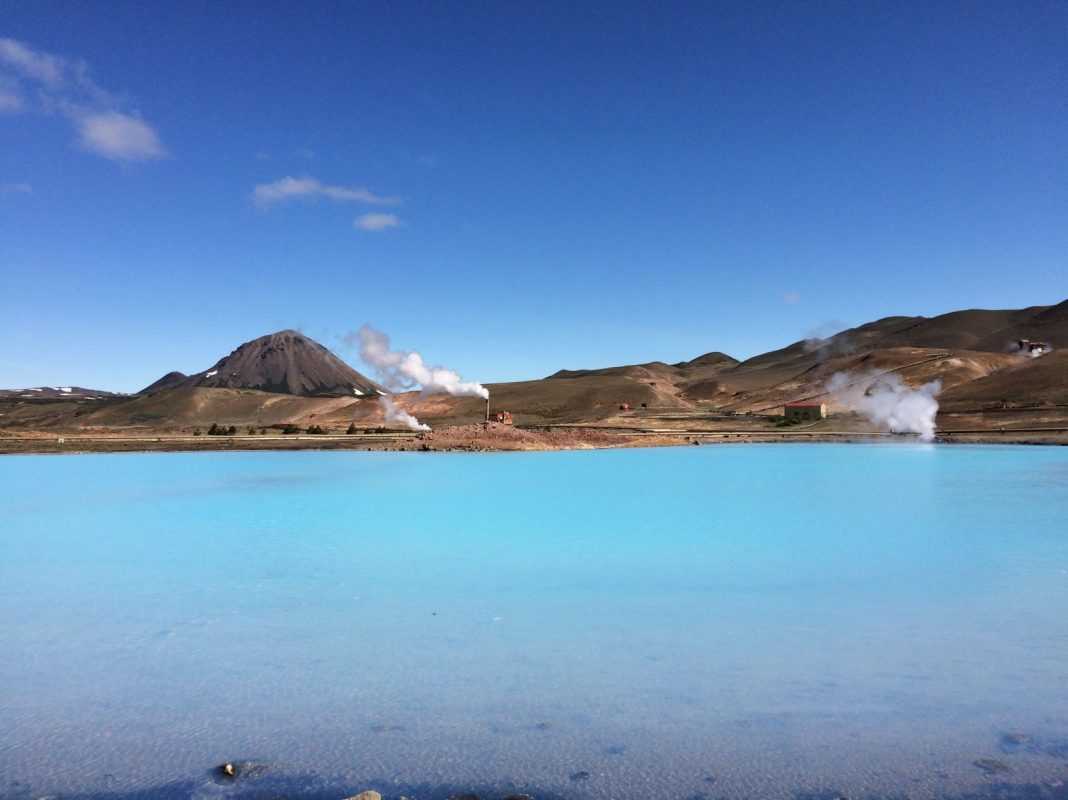
The capital and its surroundings
Reykjavik
The capital is not very rich in attractions and special sights, it can be visited in half a day. Let’s take a walk through the historic city center, which was once the first Viking settlement, and then go to the Hallgrímskirkja temple. The 30-meter high building is Iceland’s largest church and has been built for 40 years. Its shape is a volcanic formation, its interior completely puritanical. In the port area, the skyline is dominated by Harpa, the country’s most important cultural site and conference center, in addition to fishing boats.
Thingvellir National Park
Formerly it was the home of Iceland’s Viking Parliament, which was held between 930 and 1798, sometimes at the cost of heavy fighting. The park covers a wide canyon where European and American tectonic plates meet. Here you will find Iceland’s largest natural lake, in which you can dive, its clean water is a popular habitat for trout and lake sablings. The most spectacular part of the park is the Lögberg, the Law Rock, but you can see a small waterfall (Öxaráfoss) and a church along the designated hiking trails. If you want a special experience, walk to Peningagja, a lava-turned-wish well with peacock blue water and throw a shiny coin into it.
Gullfoss
The two-stage waterfall across the River Hvíta is the national symbol of Iceland. The waterfall, which can be translated as a golden waterfall, with its narrow canyon and green surroundings along the river, is quite an amazing sight. The waterfalls 11 meters at the first step and almost immediately thereafter 21 meters into the depths, accompanied by a loud bang. Make sure you only take the designated route, as the roads are slippery even in the summer due to water. It is worth wearing a hat or ponchos if you want to see the waterfall up close, as in a few minutes you will be wet due to the dense curtain of fog.

Geysir
An hour driving from Reykjavik there is a mountainside covered with bubbling lakes and fountain springs. It has a total of 12 hot water geysers, of which the eponymous Geysir is no longer active. Instead, Strokkur shoots the water almost in every 15-30 seconds, which is a remarkably interesting sight. Let’s look for Blesi, which actually covers two lakes: one is clean and hot, and the other is opaline blue due to its colder and high mineral content.
Keríd
This is a beautiful but deep crater in the north direction of Selfoss. Its red-and-black slopes provide the most beautiful sight in sunny weather with blue water in the middle. Carefully, you can walk all the way down to the edge of the water and rest on one of the benches on the outside.
Blue Lagoon
Among the black lava rock lies one of Iceland’s most beautiful outdoor baths, named after its light blue waters. It is worth booking an entrance ticket here in advance because the bath is very close to the capital and the airport and usually crowded. The spa, which National Geographic has listed as one of the wonders of the world, is indeed an eye-catching sight, but I think it’s overrated and appreciated. If you’re just looking for ice blue water gathered in a black, solidified stream of lava, you can see it without entering.
South Iceland
Skógafoss
Standing at the banks of the river and admiring the loud waterfall from there is a breathtaking experience. You can also go up to the waterfall top via a staircase for a much gentler view of the water flow and on Iceland’s southern coast.
Jökulsarlón
At the end of the Breiðamerkurjökull glacier, you find a huge lake, from where the powder blue icebergs slip into the Atlantic Ocean. Unfortunately, the glacier is residing and dying year after year, but the view is still breathtaking. Let’s take a boat tour on the glacier lake between the huge icebergs, which is guaranteed to be an unforgettable experience.
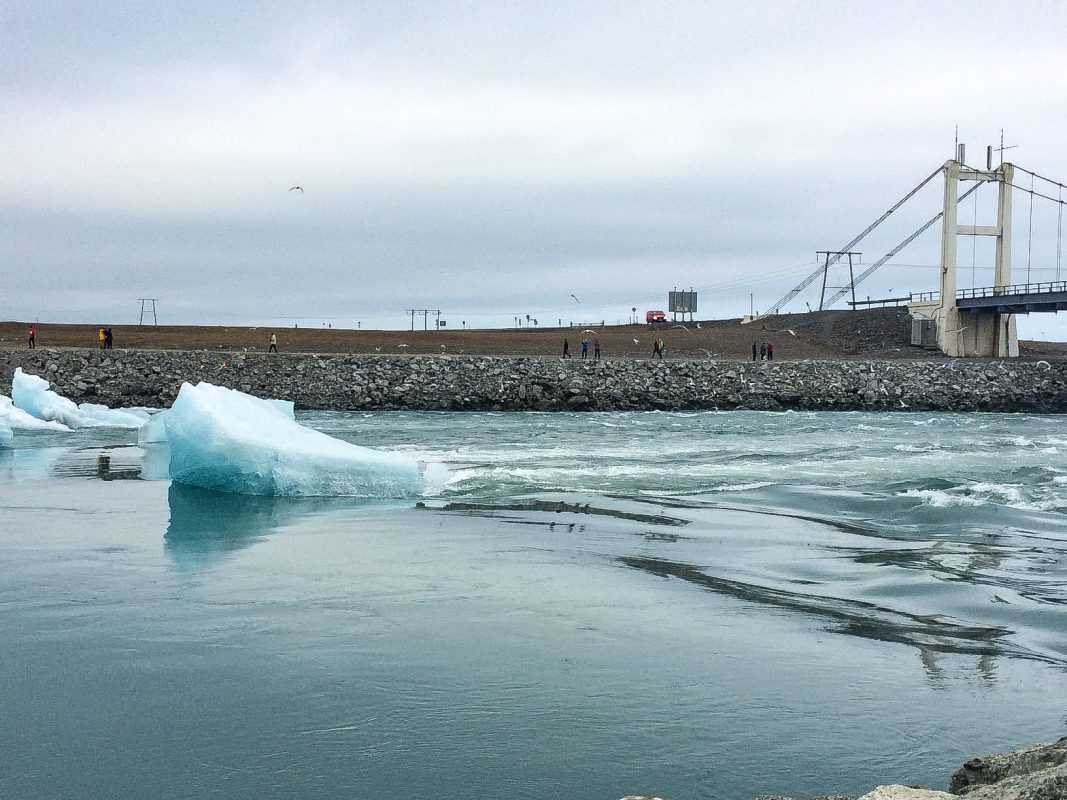
Rock formations of Vík and Dyrhólaey
The special feature of the settlement of fewer than 300 inhabitants is the black sand beach, which has a dramatic effect with the black lava formations also known as Troll Rock. The rocks serve as the home of many breeding birds, so as Dyrhólaey, which, along with its lacy columns, offers panoramic views of the Atlantic Ocean.
Seljandafoss
The waterfall is fed by the water of the Eyjafjallajökull volcano. The volcano erupted in 2010 with such force that the airspace of the whole of Europe had to be closed for days. The waterfall is relatively narrow, but its specialty is that you can go behind the water curtain. You’ll soak to the skin, that’s for sure, but it’s worth it, as there are few places to go around the waterfall in Iceland.
East Iceland
Seyðisfjörður
Along the eastern fjords, there are many towns, of which Seyðisfjörður is quite enchanting. Its 19th-century wooden buildings, churches, and townhouses are in pastel colors and originally came from Norway. In summer, international ferry services run from the village to Norway through the Faroe Islands.
Papey Island
Its name means monk’s island. It is named after the Christian hermit who arrived on the island before the Vikings. Today, thousands of puffins live on the less than 2 km2 piece of land in the company of seals and lambs. As sign of mankind you can find the smallest church of the country here. The easiest way to get here is from the port of Djúpivogur.
Another famous place of the country is the Puffin Island, where tens of thousands of puffins live.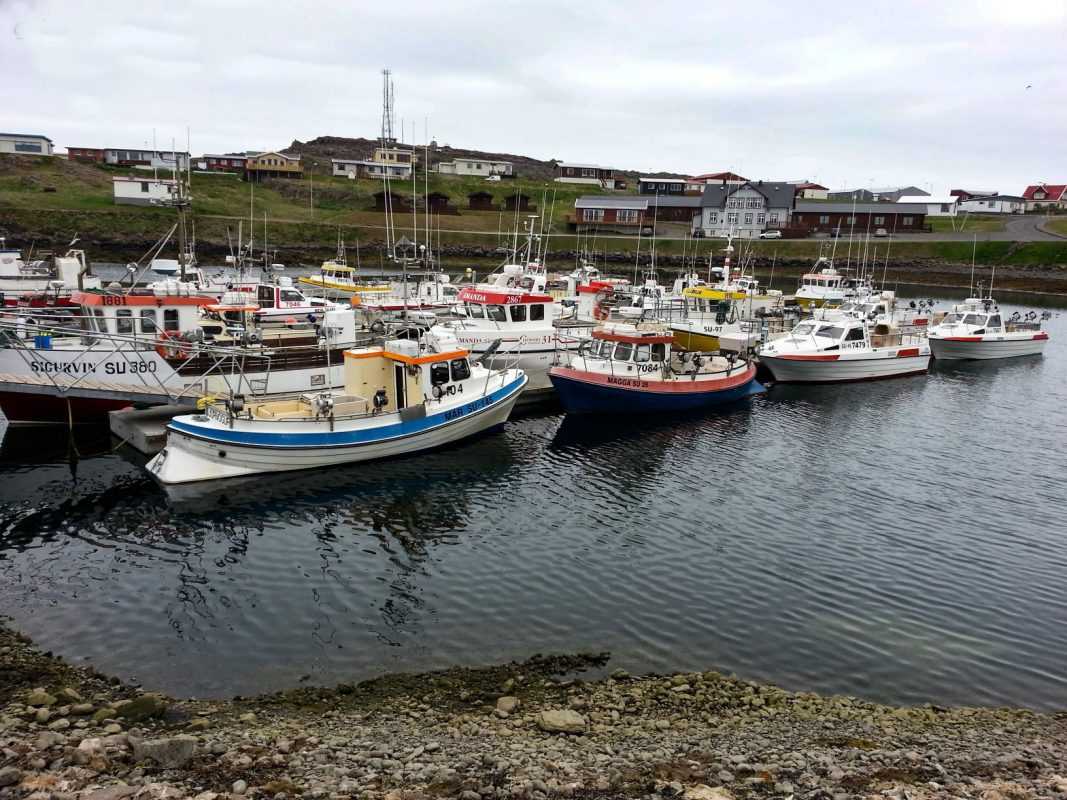
Vatnajökull National Park
This colossal-sized park covers Europe’s thickest (1 km) eternal ice field. Since 2019, the site has been a UNESCO World Heritage Site and covers 14% of Iceland’s territory. The whole park is a protected nature reserve, so take care of the natural values here too as throughout Iceland. For adrenaline lovers, I strongly recommend the snowmobile on the top of the glacier, where several local companies (e.g. Glacier tours, Glacier Journey) organize 3-hour trips. Even starting out is literally a huge experience as you climb up the hill with a super jeep. If you prefer hiking, you’ll find your calculations near Skaftafell and Lakagígar.
North Iceland
Lake Mývatn
The place, called Mosquito Lake in Hungarian, actually covers a place that is peaceful and full of bloodsuckers in summer. It is worth taking a cap with a mossy net here if you want to keep yourself completely safe. The lake was created as a result of a volcanic explosion 4,000 years ago. In the vicinity of the lake, you can admire the best of Iceland: water birds, volcano funnels, pseudo craters, clay pits, thermal pools and steaming lava streams. You can cycle around the lake if you wish or can take a trip to the Hverfall tufa volcano, which has a fantastic view of the surrounding landscape from a height of 400 meters. Since the side of the mountain is crumbly, let’s just start the journey with proper hiking shoes.
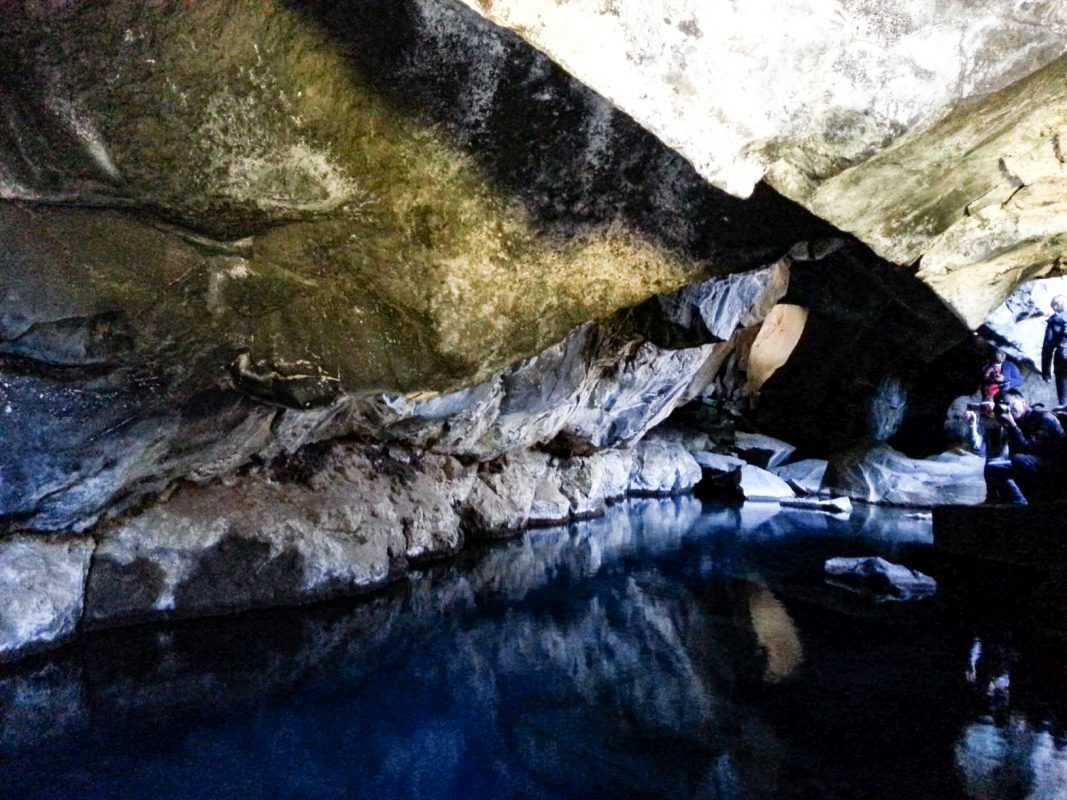
Krafla and Hverir
The Krafla volcano, situated the northeast of Mývatn, last erupted in 1720 and its lava almost burned the temple of Reykhlíð. Today, at the site of the eruption there is a stunning lake, which is actually the volcano’s water-flooded crater. If you want a hot experience, walk to the plains, also known as the Krafla Fire, where hot and smoking formations still remind you of the great eruption of the past. The less courageous ones also wait with hot experiences, namely in the geothermal field of Hverir, where you can see howling steam bells and colorful mud pools. The sulfur-rich orange sheer shows how raw and powerful nature can be.
Dettifoss
Europe’s most powerful waterfall can only be visited in summer via a bad gravel road. The water falling from a height of 45 meters between the grey granite cliffs looks like hell and offers a quite surreal view.
Húsavík
It is the whale-watching capital of Iceland, from where boats run out daily with tourists on board. While in other parts of the country, e.g. from near Reykjavik, it takes a great fortune to admire the sight of humpback whales, in Húsavík you are guaranteed to get this experience. You can meet the whales at all times of the year, given they have their natural habitat here. Due to the weather, I prefer the months of June to August for whale watching tours.

Goðafoss
The waterfall of the gods is located halfway between Akuyeri and Mývatn. This is the place where the statues of pagan religions were thrown into the water in the 10th century, and from this time the introduction of Christianity in the island nation could be dating back to. The waterfall has beautiful ice blue water that flows under a number of stairs and can be visited on foot.
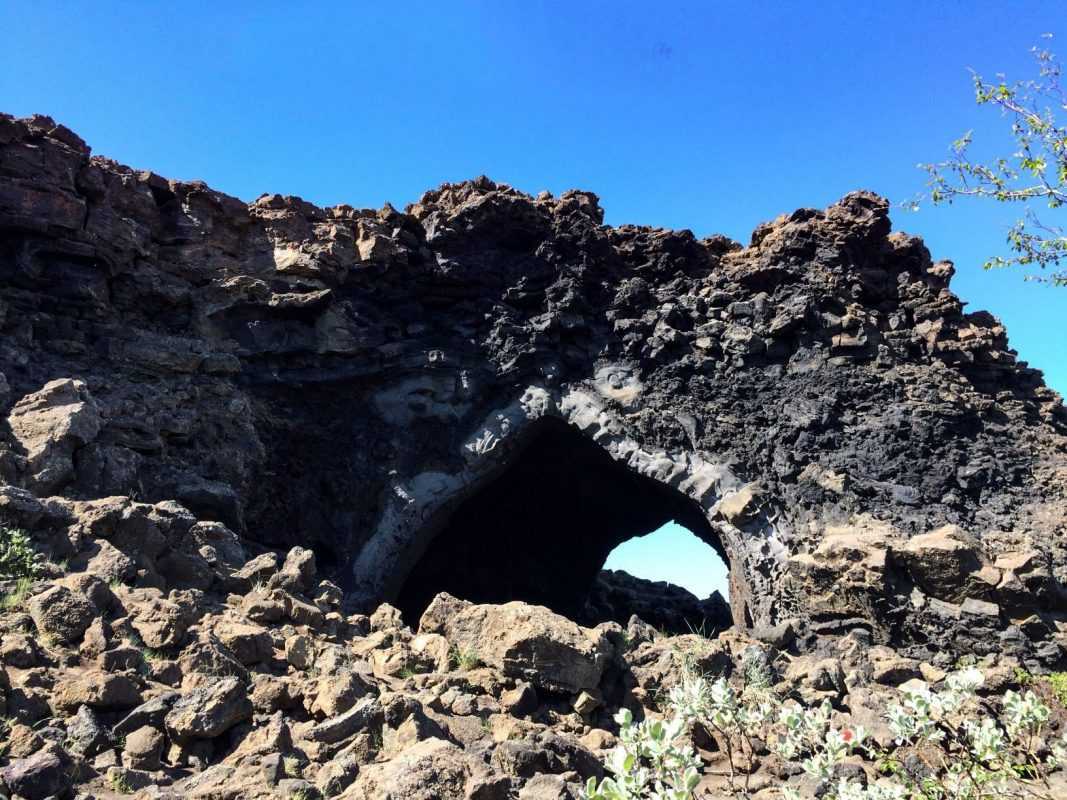
Akureyri
Deep in the Icelandic fjords lies the country’s second-biggest city. The port of Akureyri gives a very impressive sight while nearing the city on the mountain roads. In addition to Viking tombs, do not miss the botanical garden and the Cathedral of Akureyri, which with its pink windows, is quite rare among the Icelandic churches.
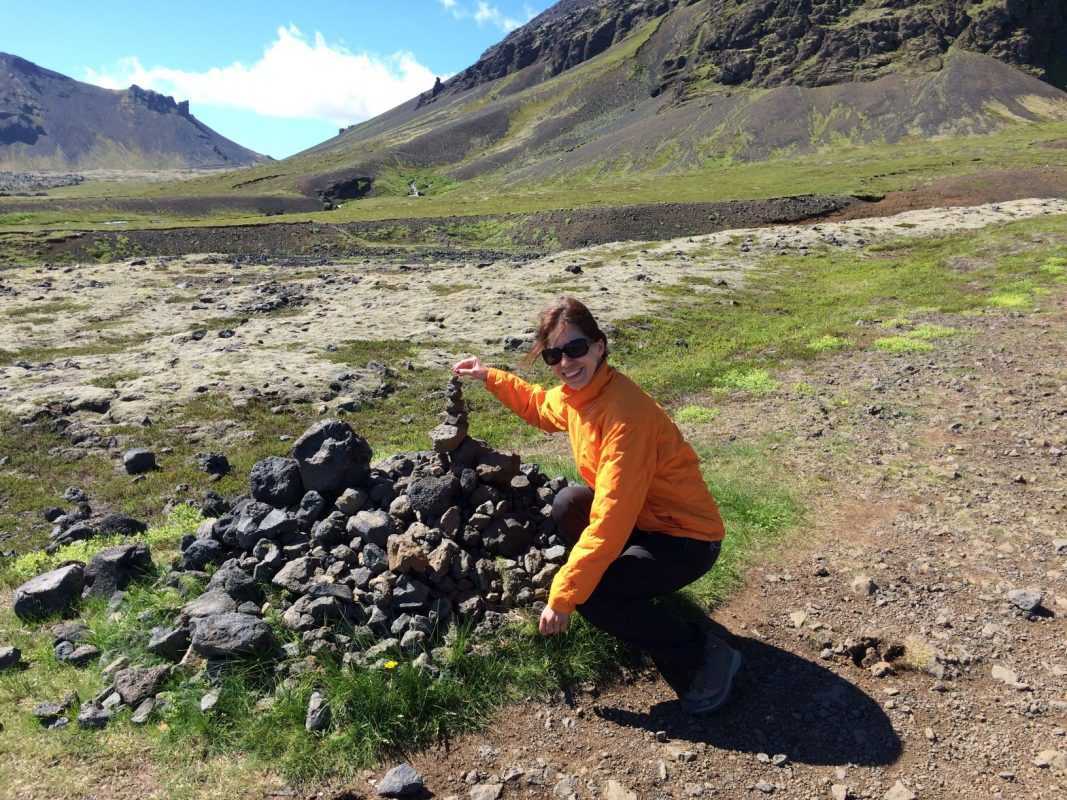
West Iceland
Hraunfossar and Barnafoss
The two, visually different waterfalls can be easily reached from Borgarnes on the west coast. Hraunfossar flows under a moss-covered lava bank and turns up quietly to the light, while Barnafoss cuts its way through a short but angry roar. The sky-blue lake, fed by two waterfalls, is quite a dazzling sight.
Snaefellsjökull National Park
Also known as mini-Iceland, the park is an ideal place to go. The peninsula, which stretches 70 km into the sea, has a volcanic cone in the middle, while the landscape is a popular place for rock climbers and hikers. The park may also be known from the novel Gyula Verne, Journey to the Center of the Earth, as the gateway to hell. For a long time, people were afraid of the crater in Snaefellsjökull, and the mountain was not climbed until the 19th century.
Latrabjarg bird cliffs
Unfortunately, this place didn’t fit in time for us, but for the record, I mention it because Europe’s largest waterbird colony lives here. Millions of puffins, seagulls and lummas live along the rock fjords, which is a completely uninhabited area since 1960.




